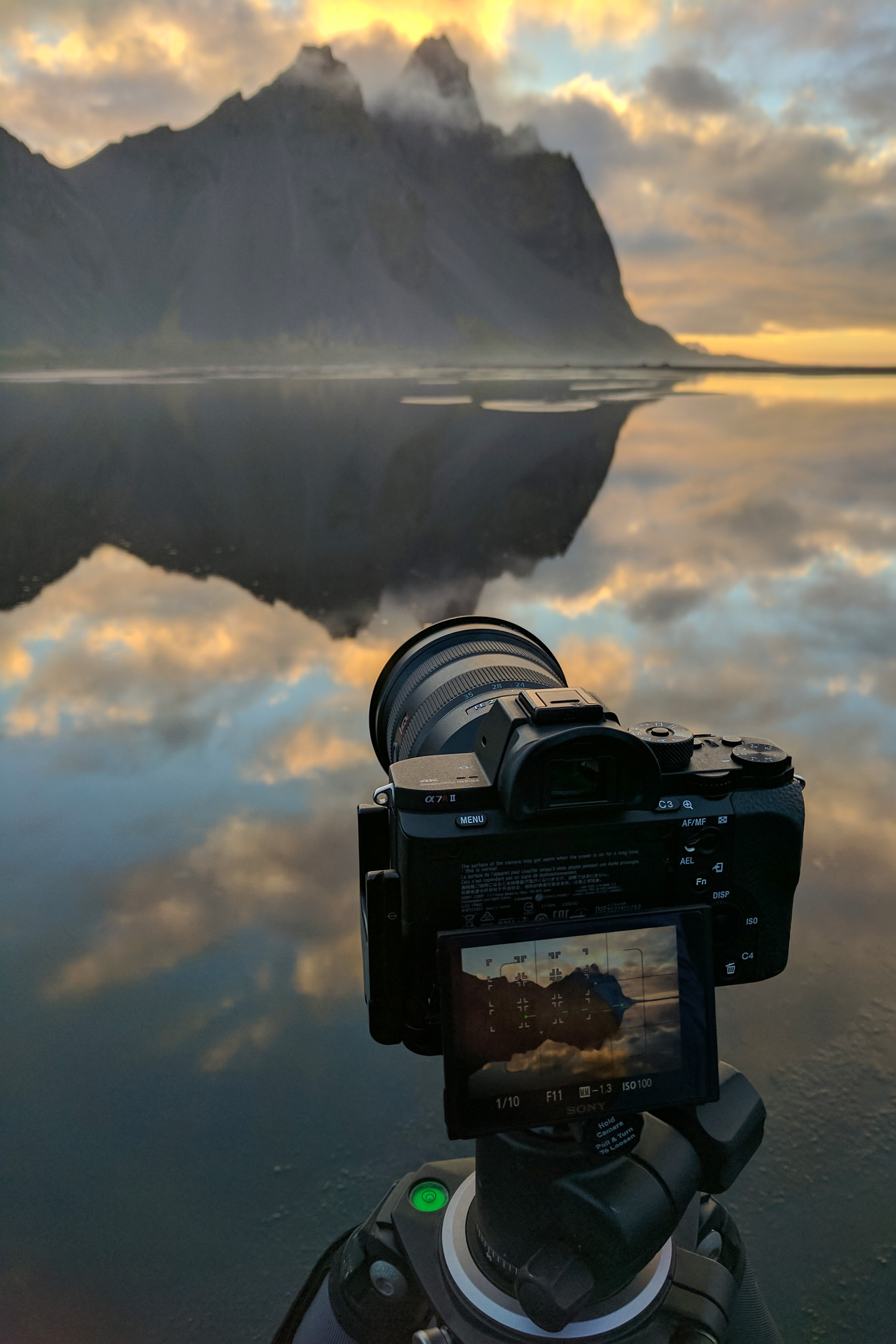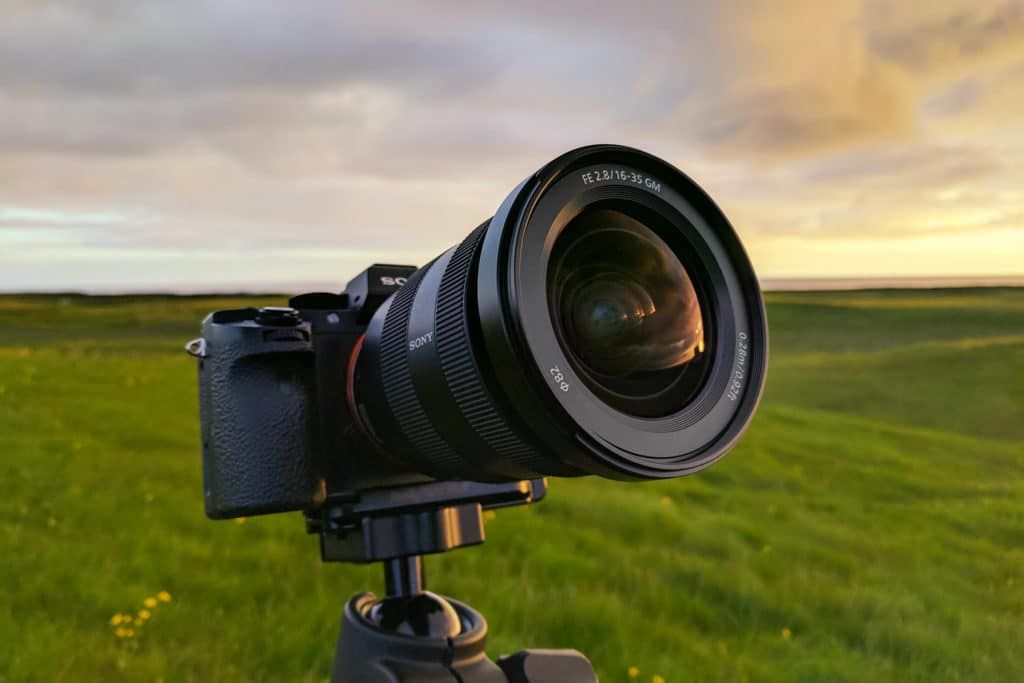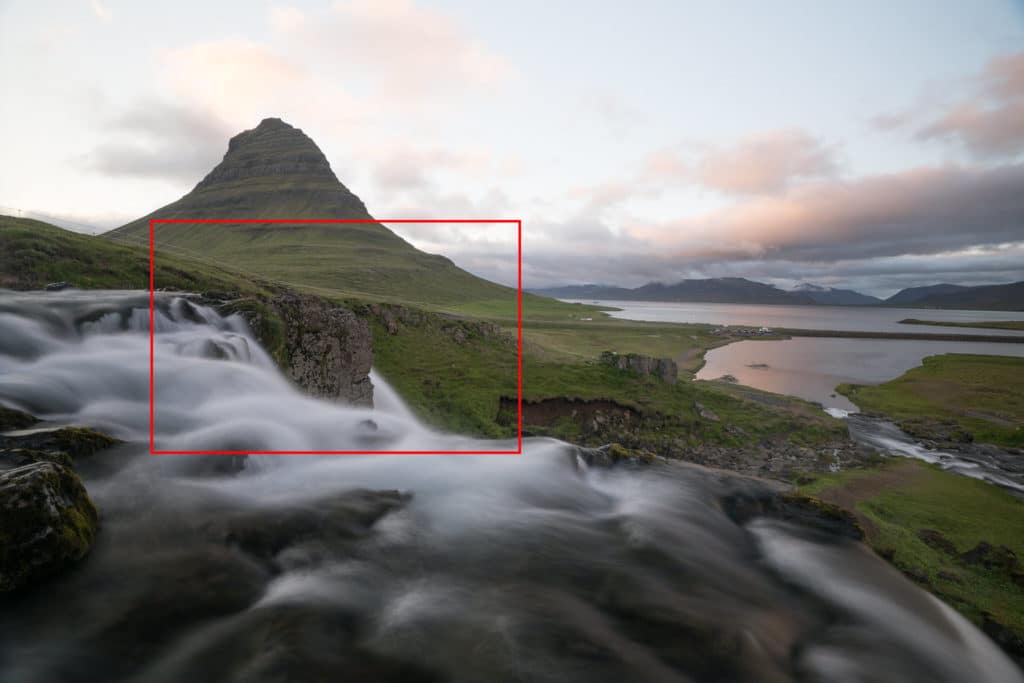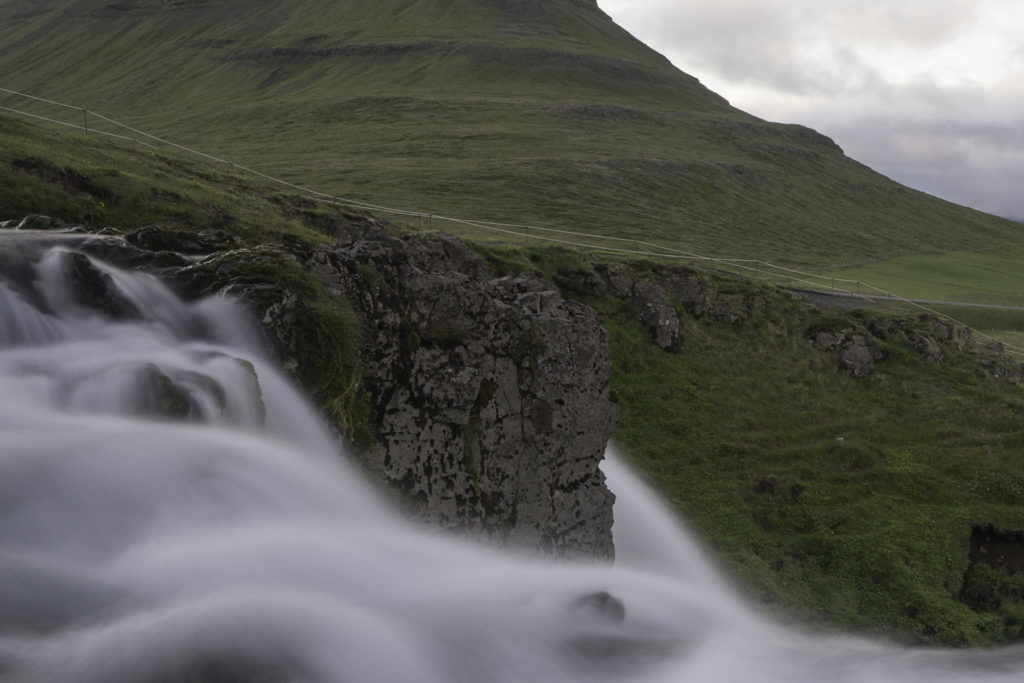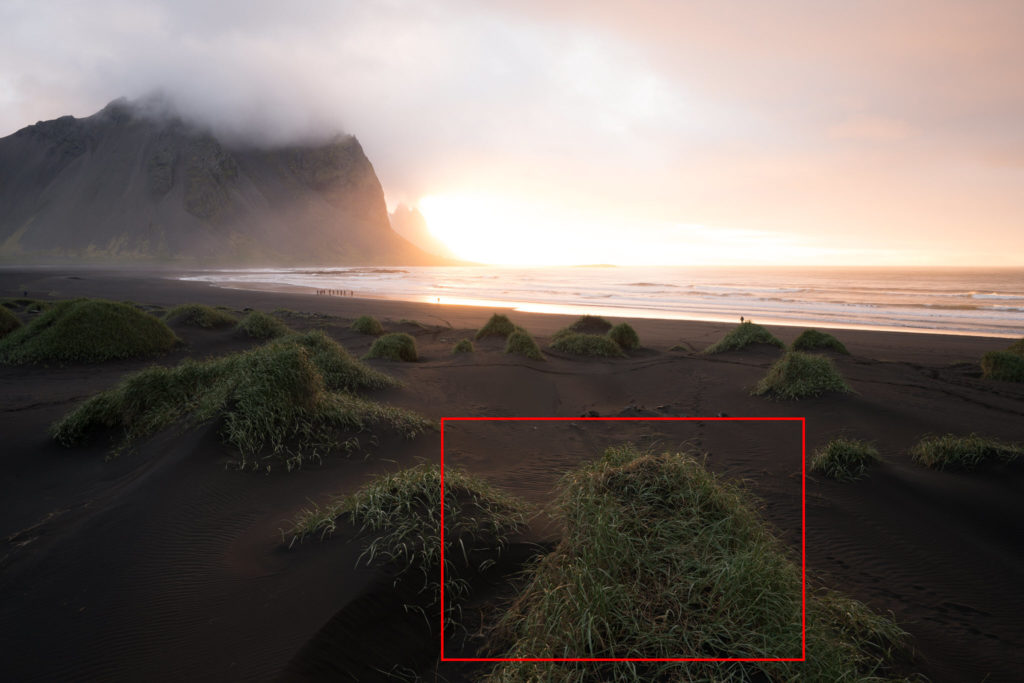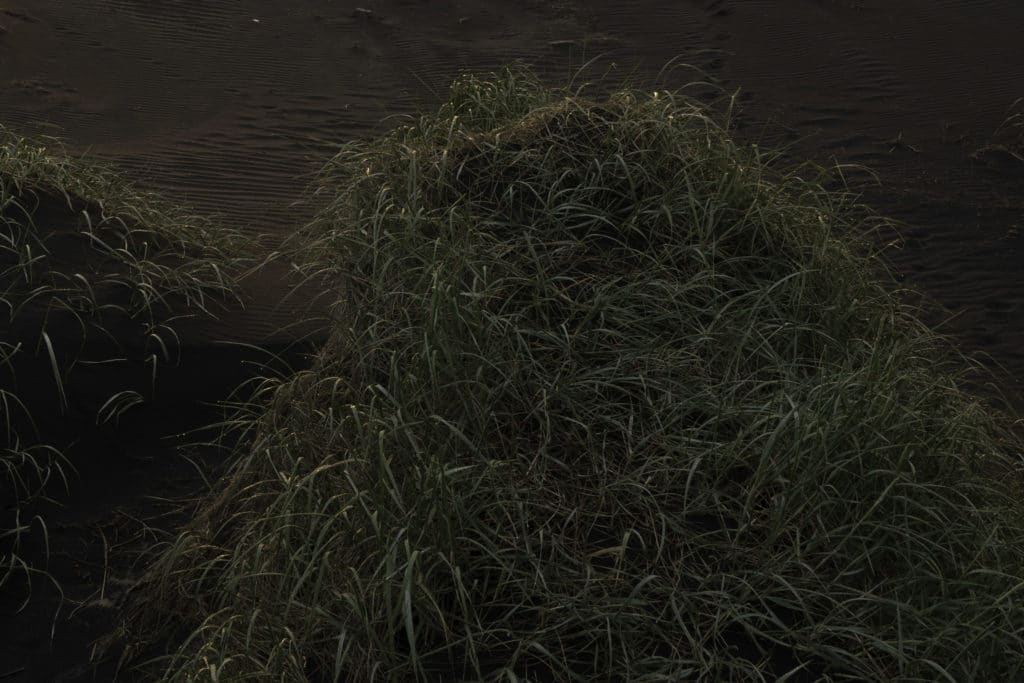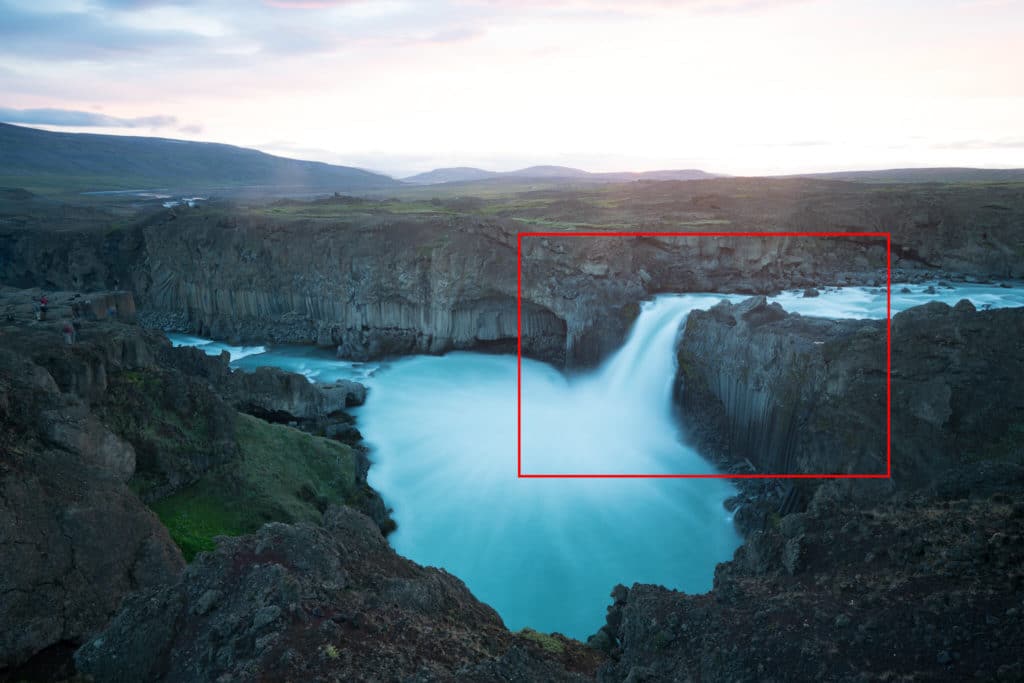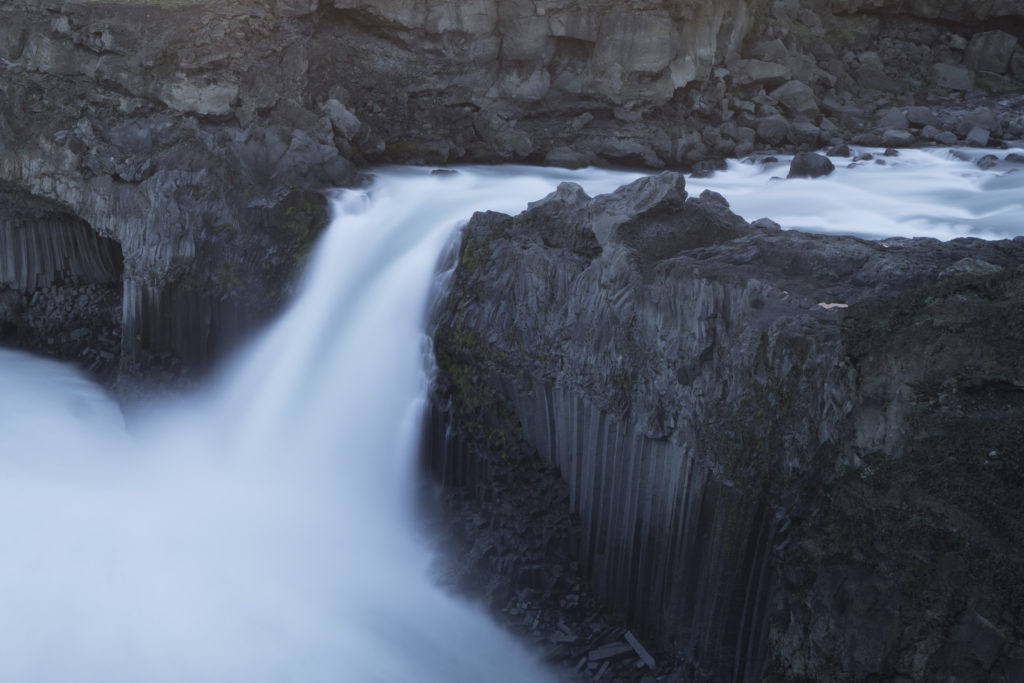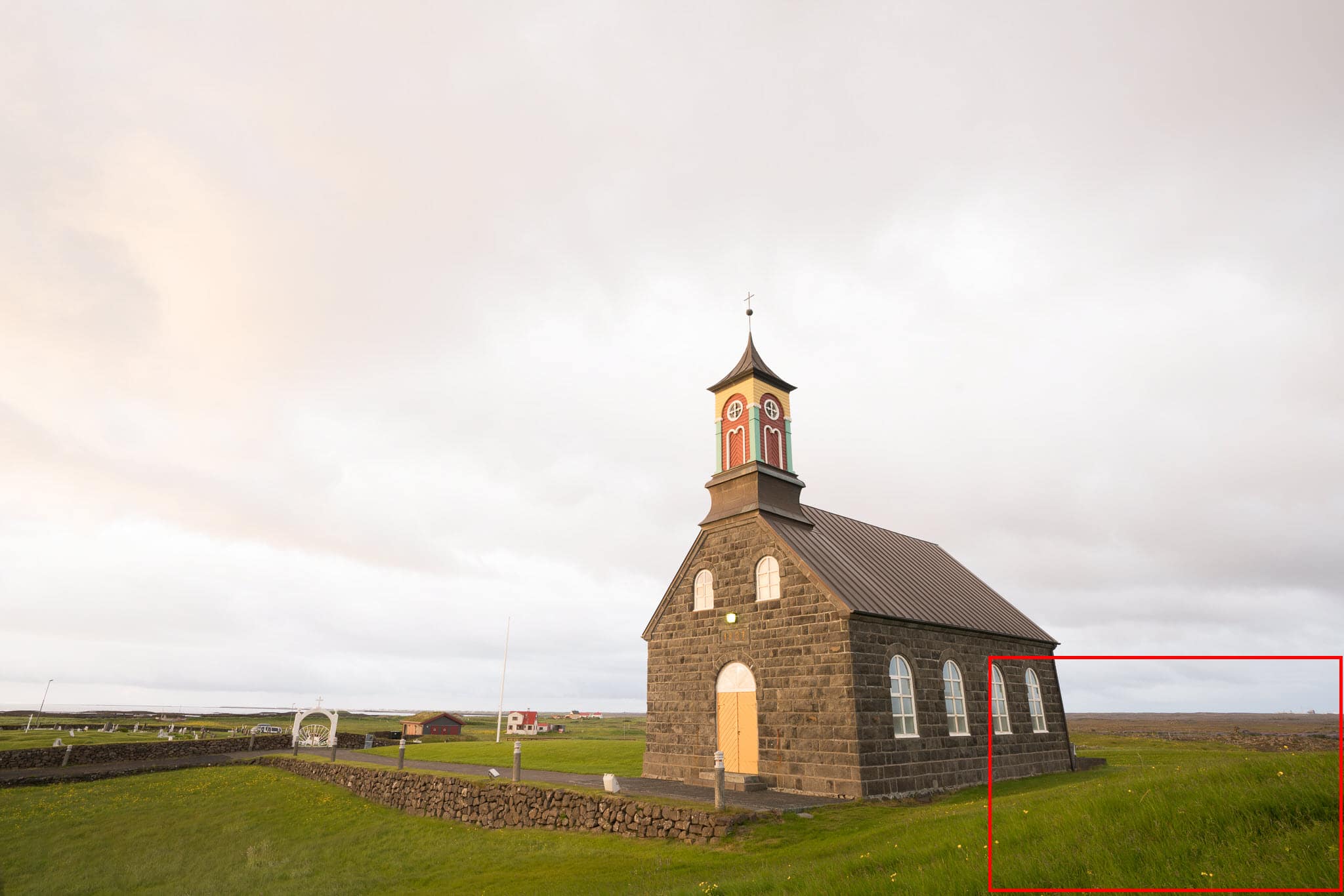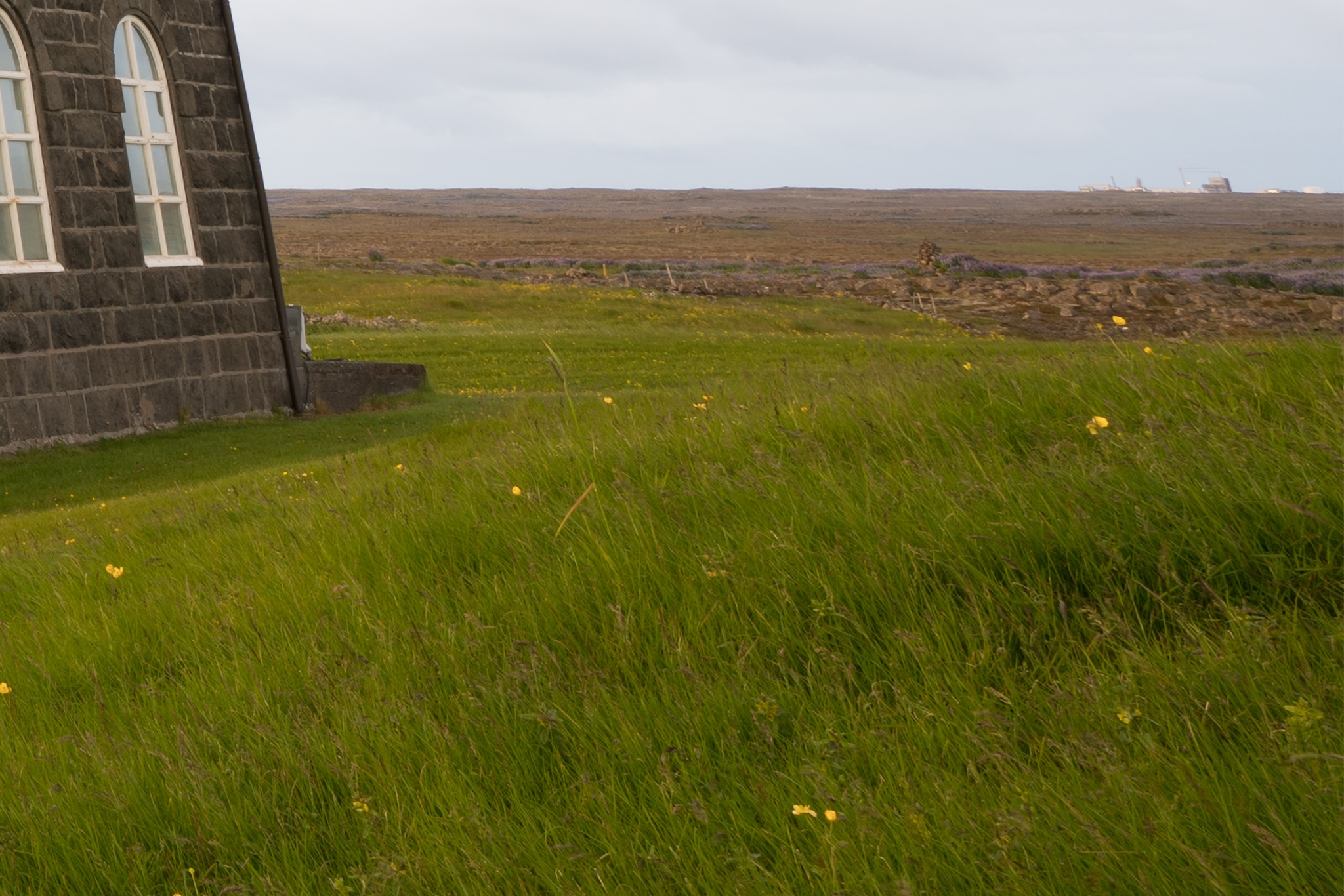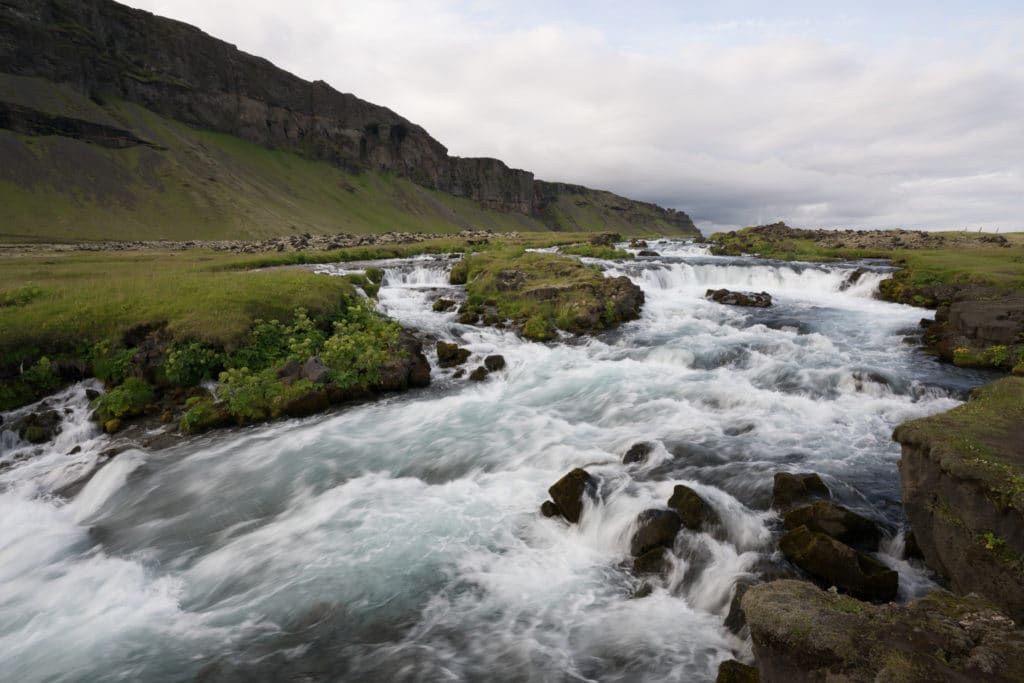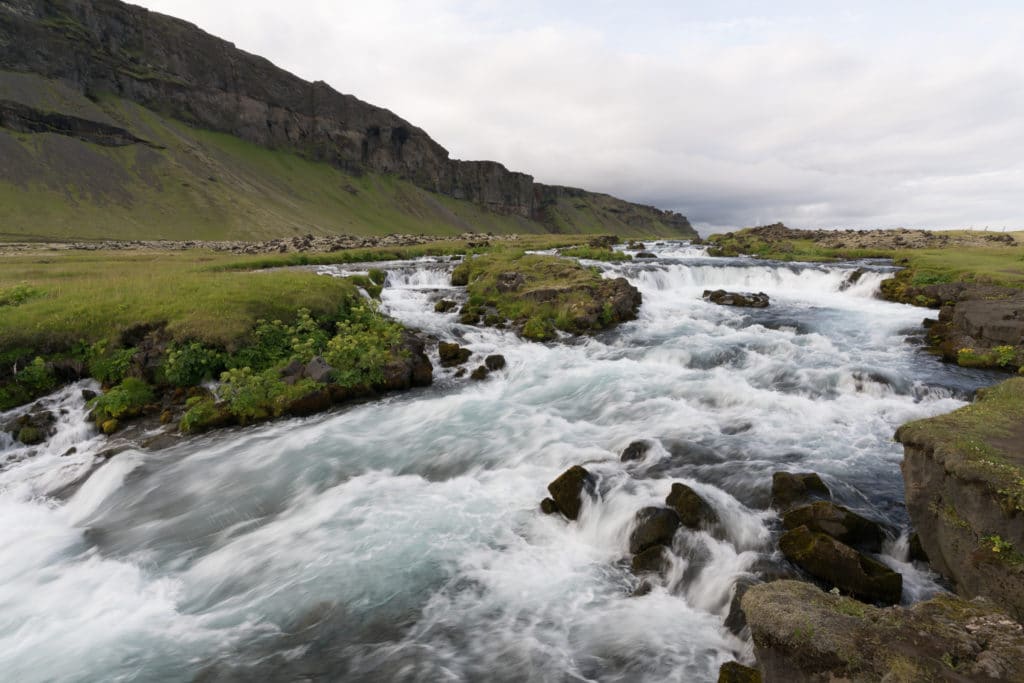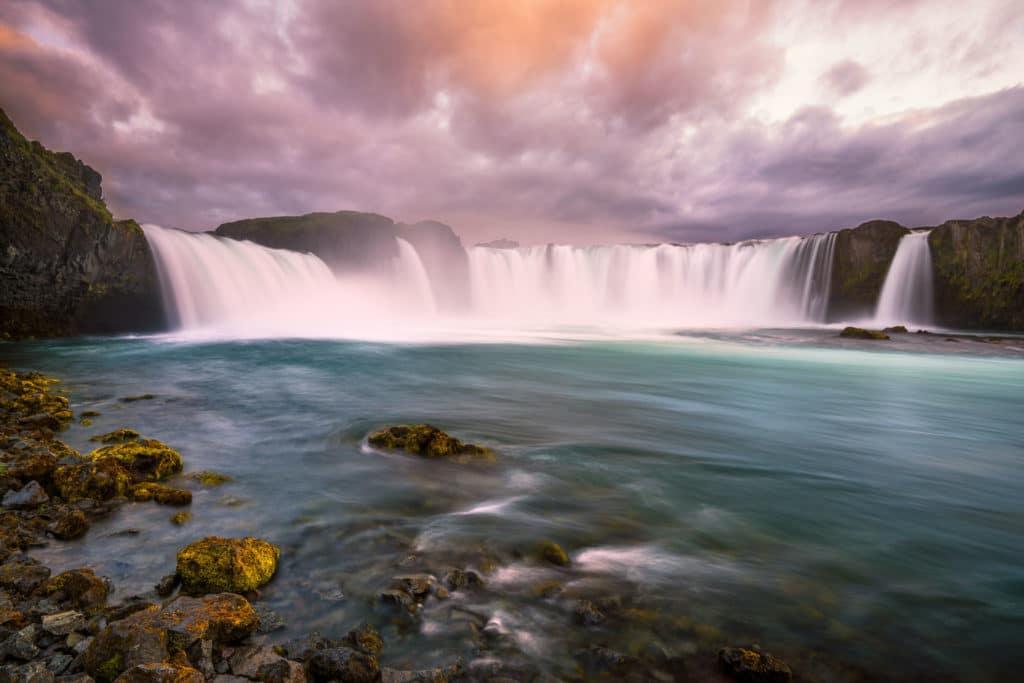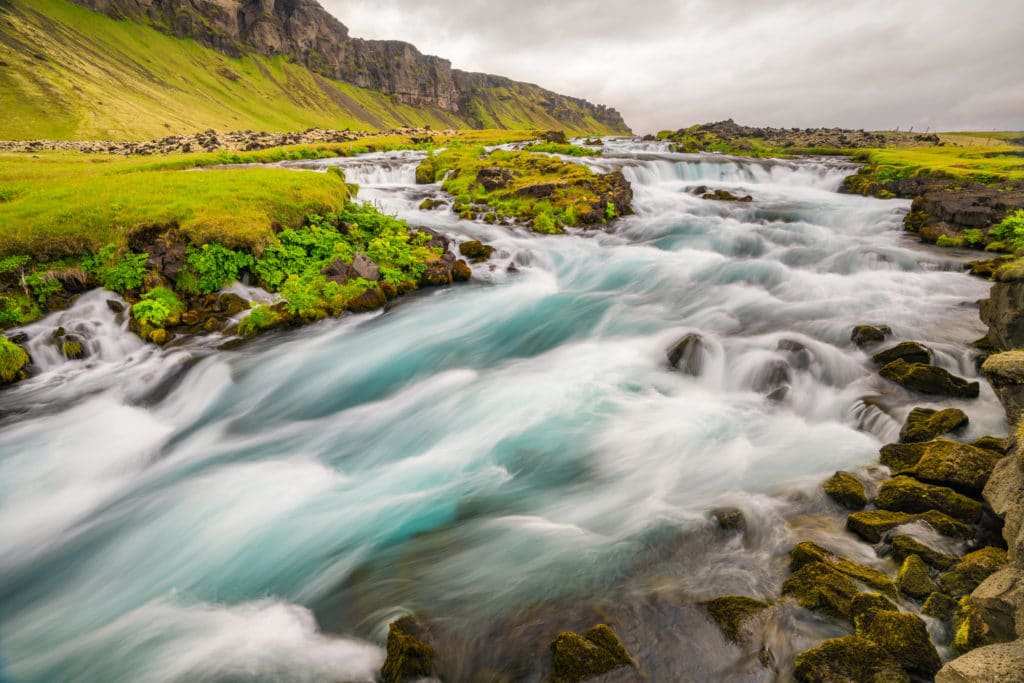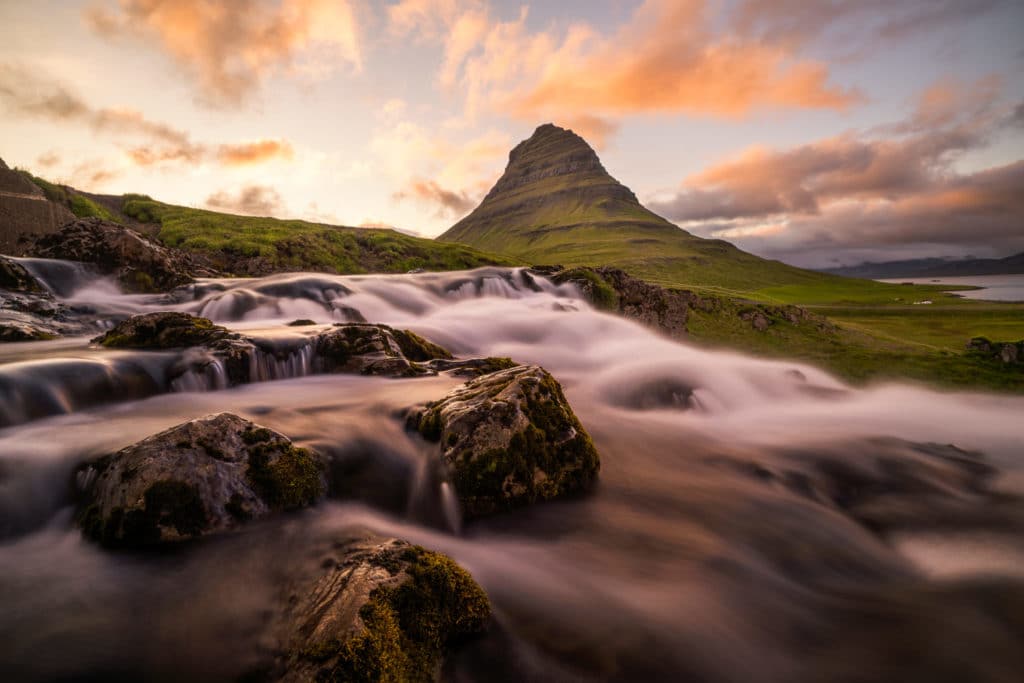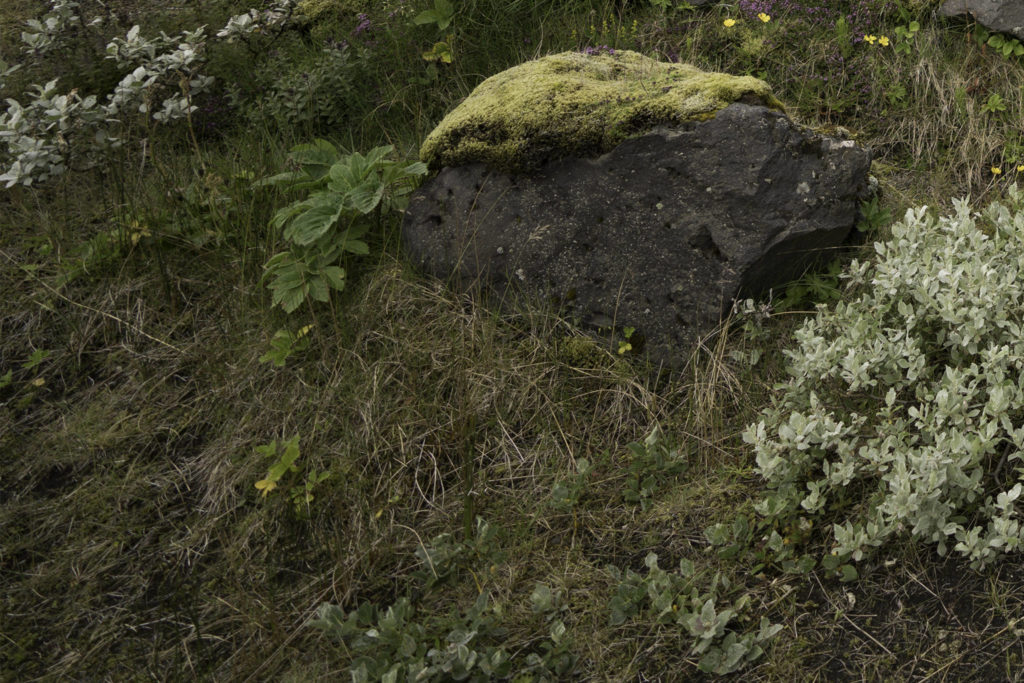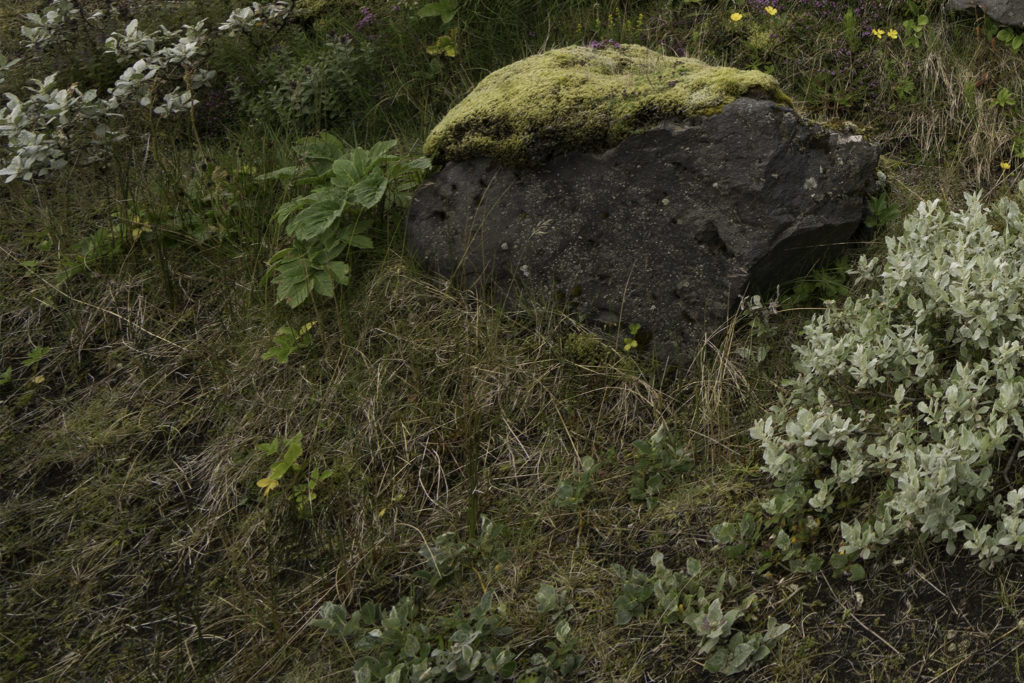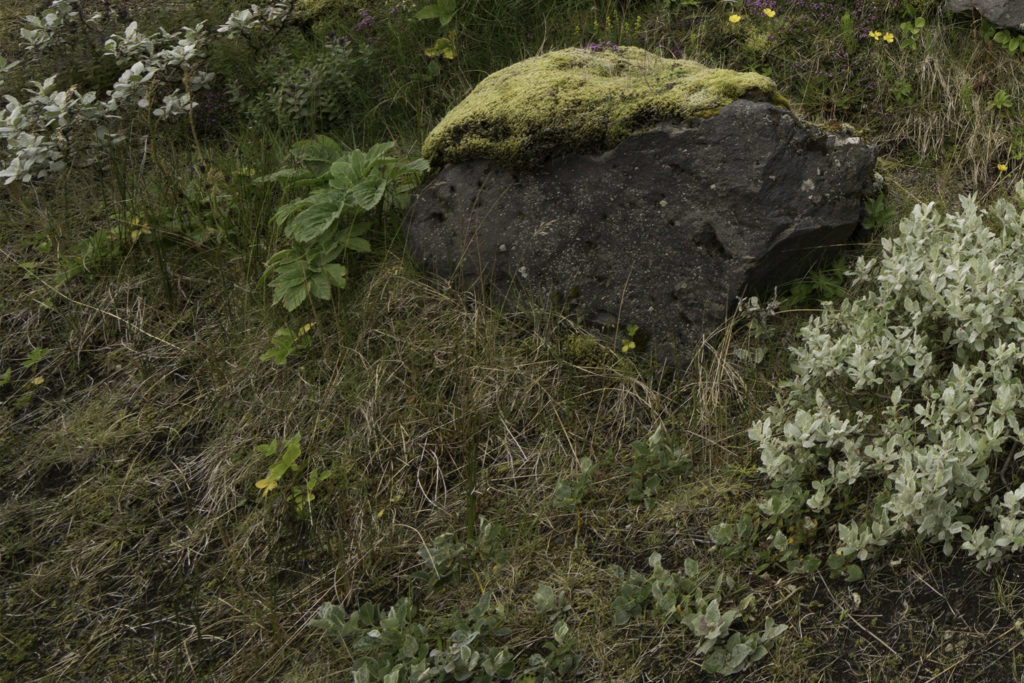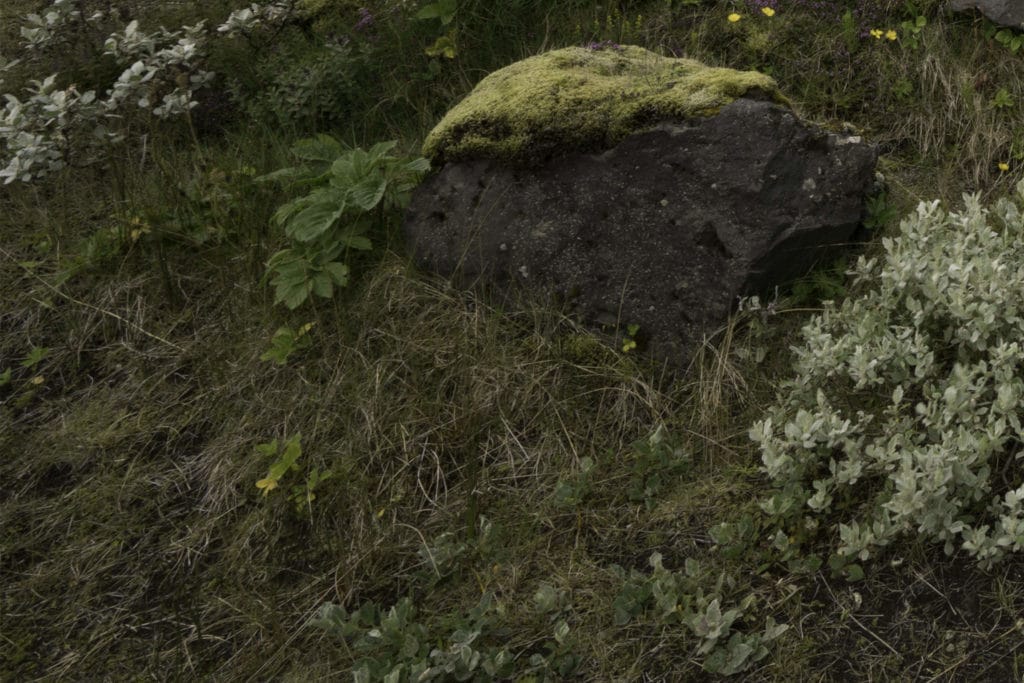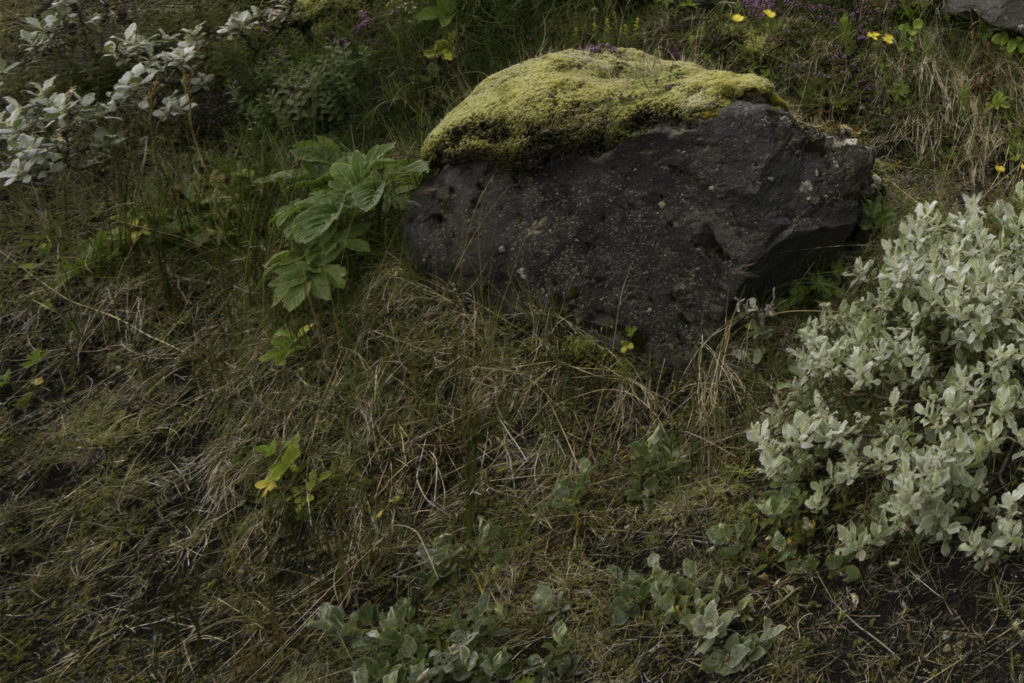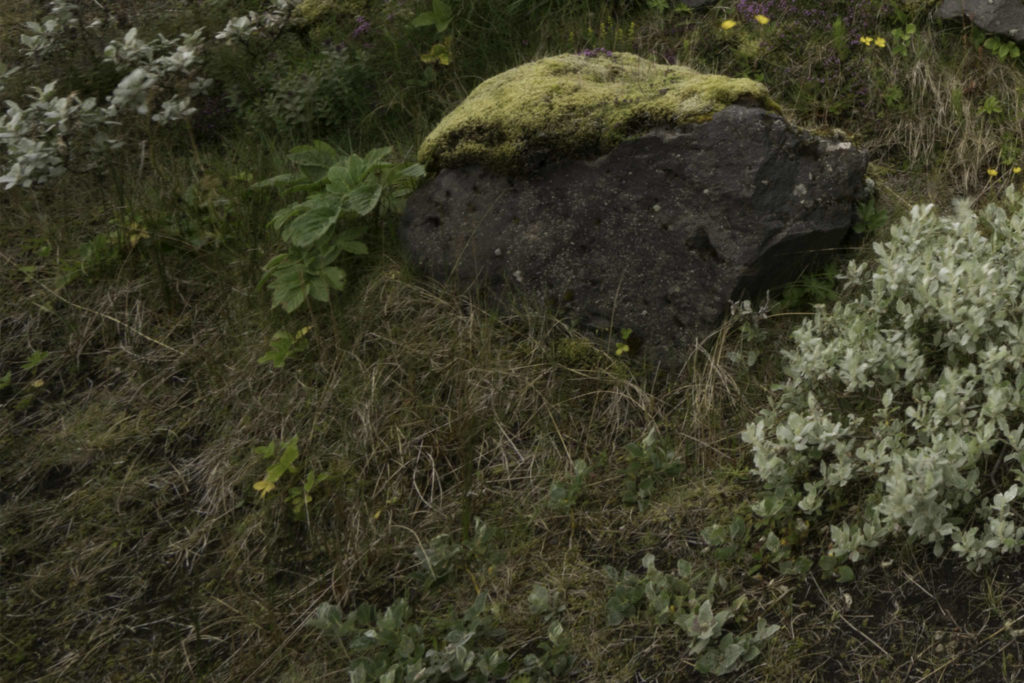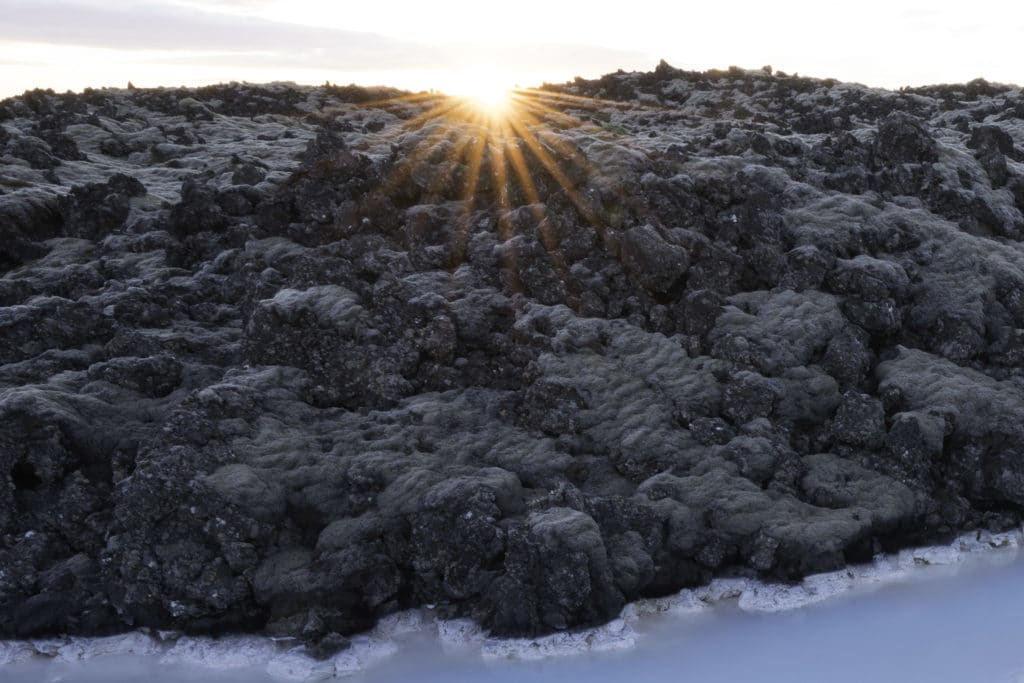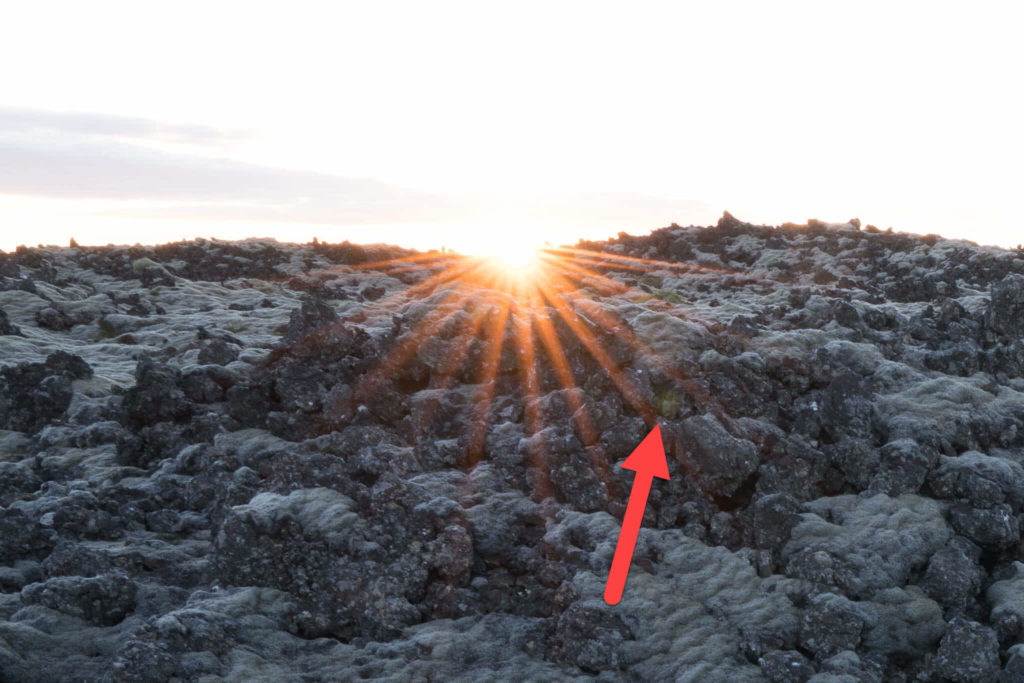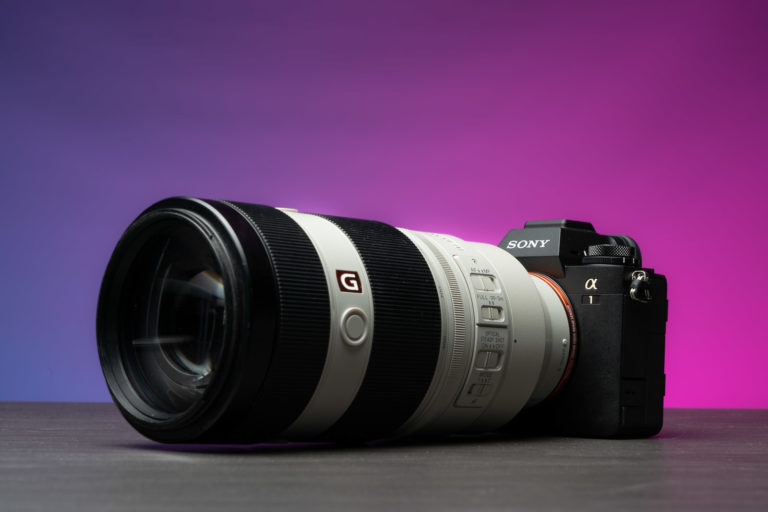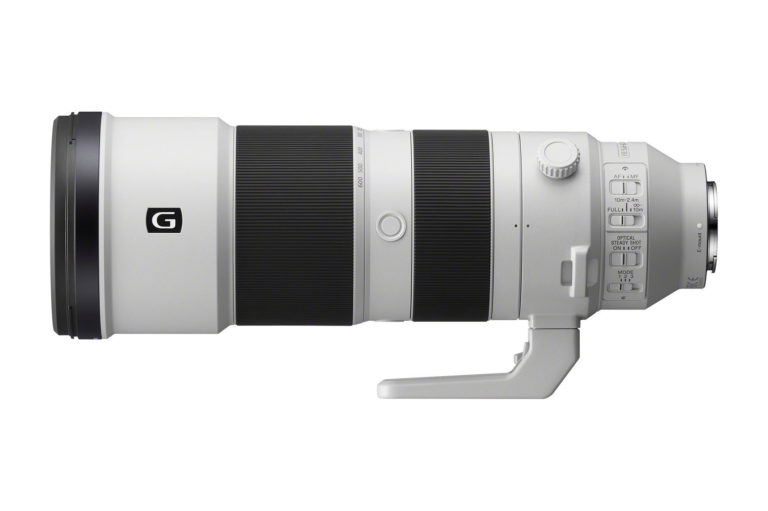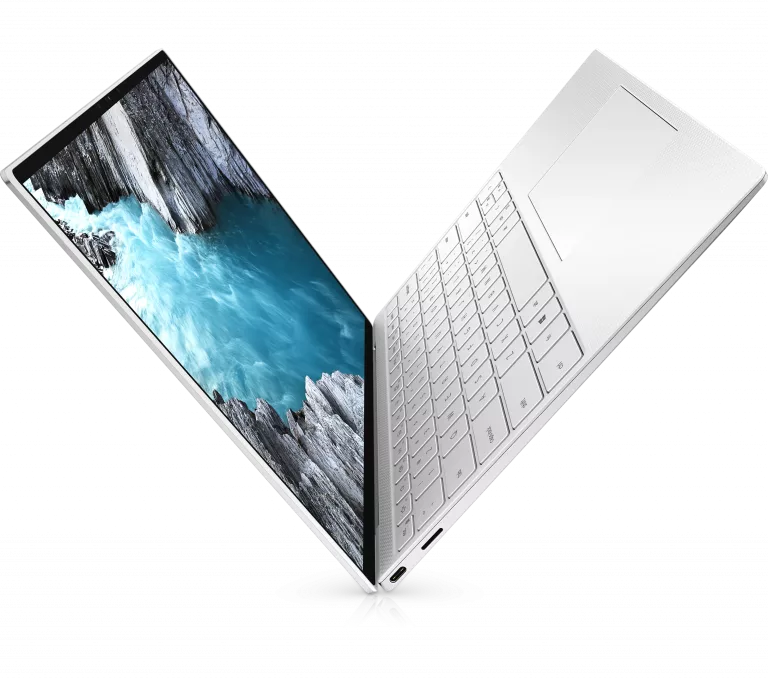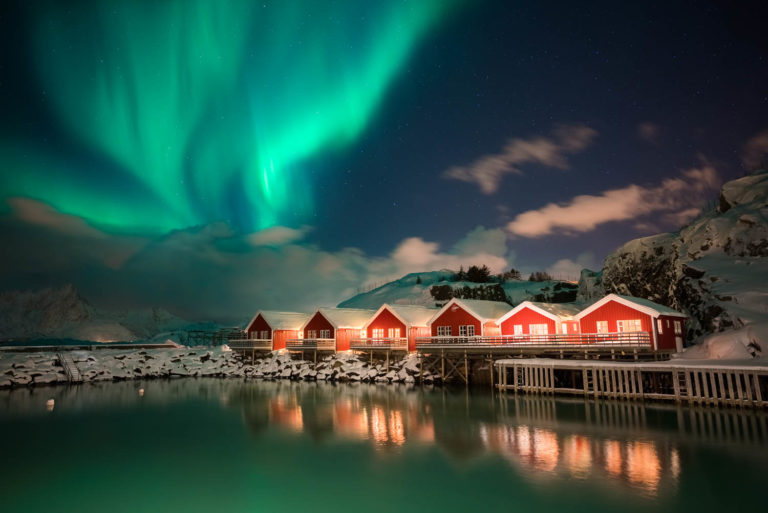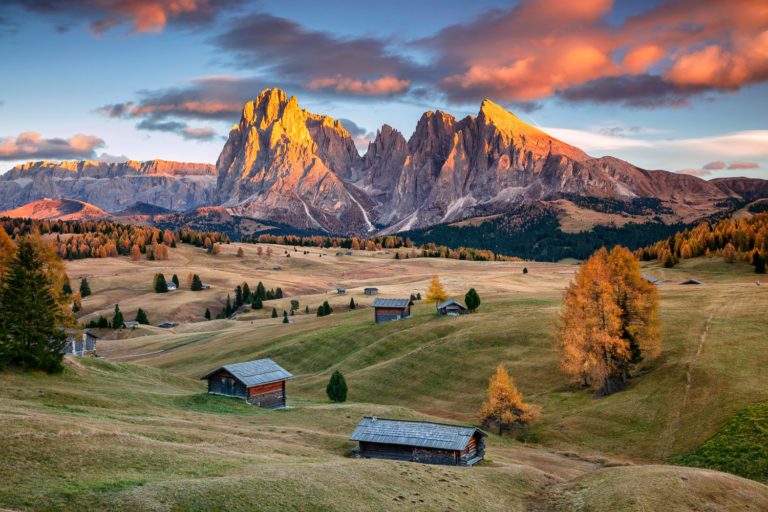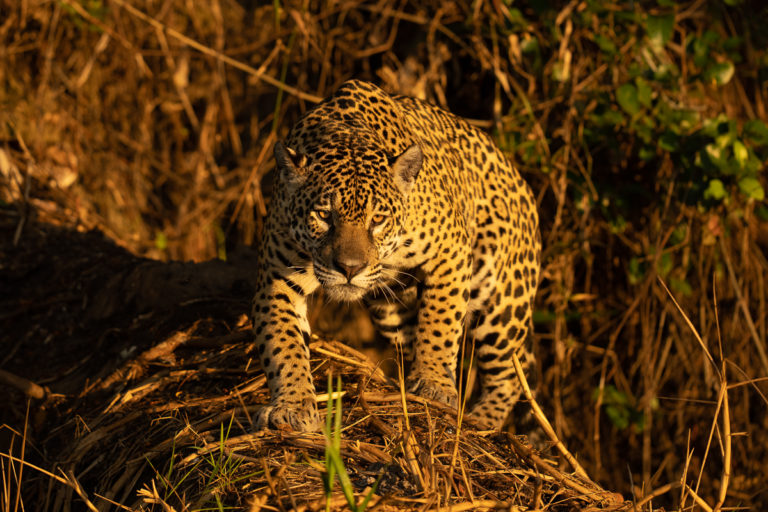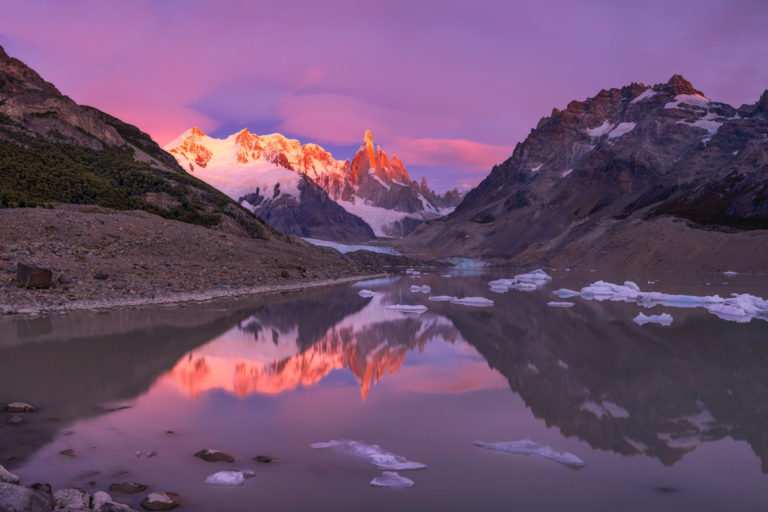While Sony has continuously been putting out impressive lenses over the last few years, one of the most requested pieces of glass has been a fast ultra wide, especially for landscape and astro photographers. So when the Sony 16-35 f/2.8 GM was announced back in May, it wasn’t suprising to see just how excited everyone was that this lens was finally coming out. Even though the Sony 16-35 f/4 FE has been incredibly popular, it was also the only show in town for a long time when it came to native Sony wide angle zoom lenses and it is also just an f/4 lens, much like the impressive Sony 12-24 f/4 G that I reviewed last week.
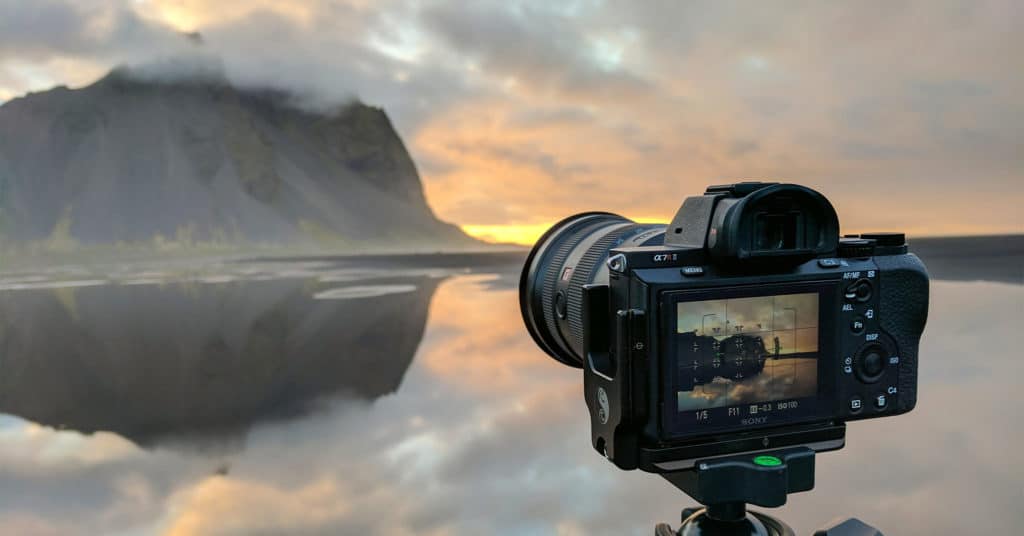
Fortunately, Sony was kind enough to lend me a copy of this lens to bring with me to Iceland this Summer where I was leading a series of Photography Workshops. This gave me some time to test this lens in situations and environments that are much more conducive to where I typically work on a regular basis around the world each year. While studio tests might be necessary for some photographers, I always am much more interested in how a camera or lens performs out in the real world.
When it comes to my reviews, I am always as open and transparent as I can be. I am happy to share my thoughts and opinions, and I will always include evidence to back up my claims. In this review, you not will you find high-resolution images throughout, but RAW files for you to play with are located near the end of the review. All in all, this is a good thing because releasing the lens under the GM line, Sony is setting the bar pretty high when it comes to build quality, sharpness, IQ and resolving power. So with all that being said…let’s dive right in!
Specs for the Sony 16-35 f/2.8 GM
- E-Mount Lens/Full-Frame Format
- Aperture Range: f/2.8 to f/22
- Minimum Focus Distance: .92 ft (0.28 m)
- Filter Diameter 82mm
- Angle of View (35mm): 107° – 63°
- Angle of View (APS-C): 83° – 44°
- Two Extra-Low Dispersion Elements
- Three Aspherical and Two XA Elements
- Nano AR Coating and Fluorine Coating
- Direct Drive Super Sonic Wave AF Motors
- Focus Hold Button; AF/MF Switch
- Dust and Moisture-Resistant Construction
- Eleven-Blade Circular Diaphragm
- Dimensions (DXL): 3-1/2″ x 4-7/8″ (88.5 x 121.6 mm)
- Weight: 680 g
Build Quality
One of the first things you notice about the Sony 16-35 f/2.8 GM is how solid the lens itself feels. The rubberized focus/zoom rings feel good to the touch, and the rest of the exterior is what you have probably come to expect from Sony’s GM line of top end glass. Polished, well built and essentially what a $2198 lens should feel like.
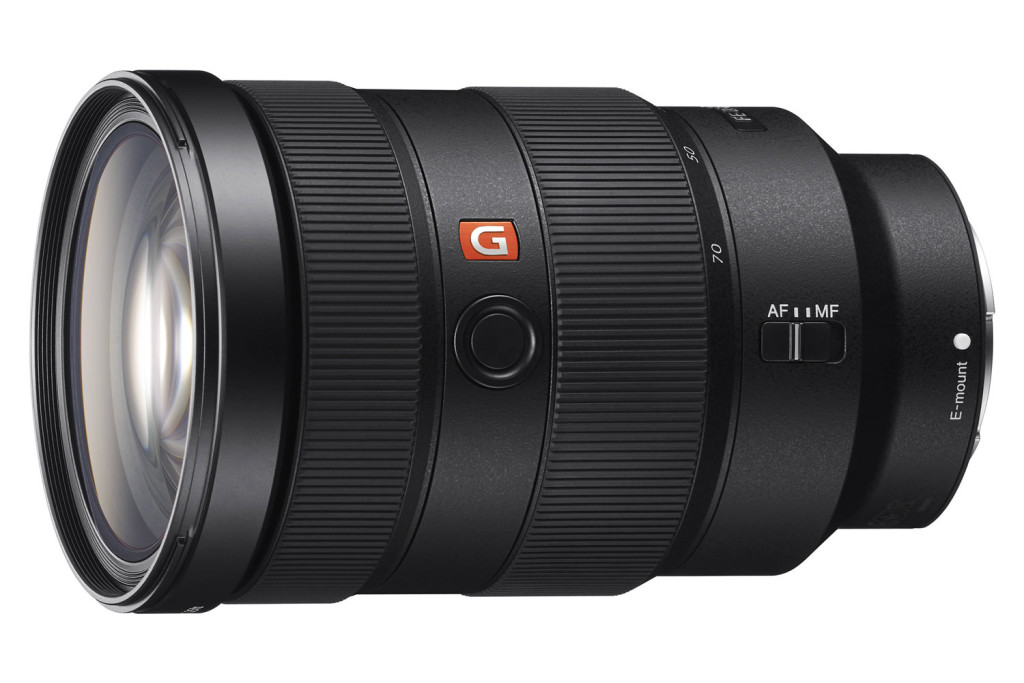
When you pick up the lens, you will notice that it does have a little bit of heft to it, which is understandable since it is a full frame f/2.8 lens. However, when you consider the 16-35 f/4 FE is only 162g lighter and less than an inch shorter, the 16-35 f/2.8 still seems like a relatively compact and portable lens. I can easily fit it into the same space/slot in my camera backpack as the f/4 FE version.
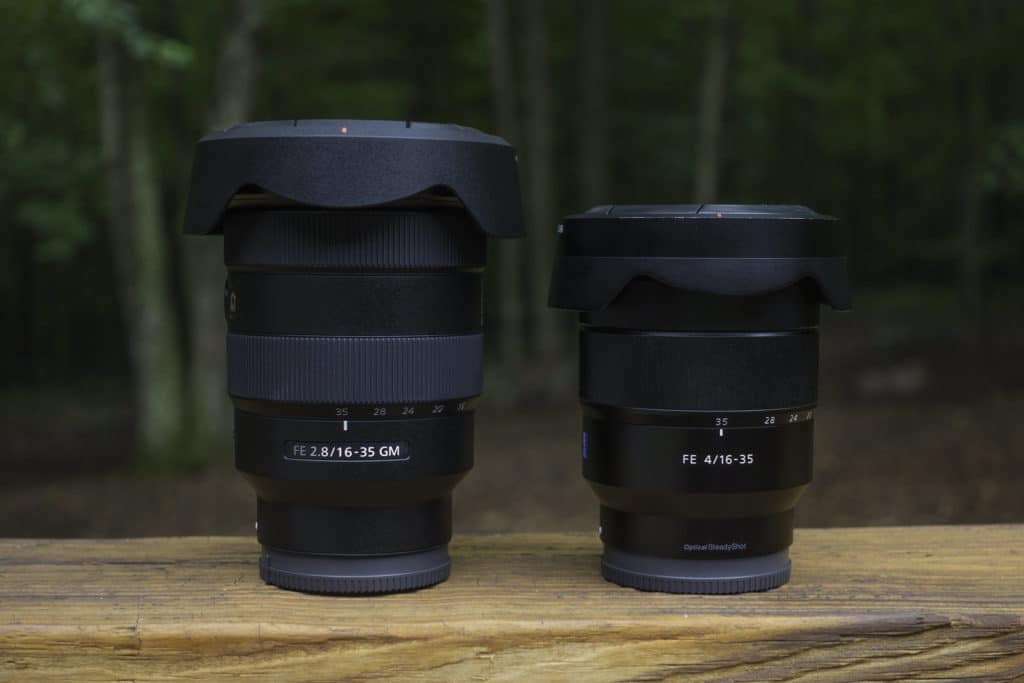
When it comes to weather sealing, the new GM 16-35 f/2.8 is a bit more robust than its predecessor thanks to it’s improved dust and moisture-sealed design. While Sony is cautious in how it talks about weather sealing, I can tell you from experience that I had this lens (and my a7R II) soaking wet to the point that it was dripping with water multiple times while in Iceland this summer and I didn’t have a single issue. No condensation ever entered the camera or lens/glass elements. I often work in somewhat remote and challenging locations around the globe, so weather sealing is a pretty big deal for the work I do.
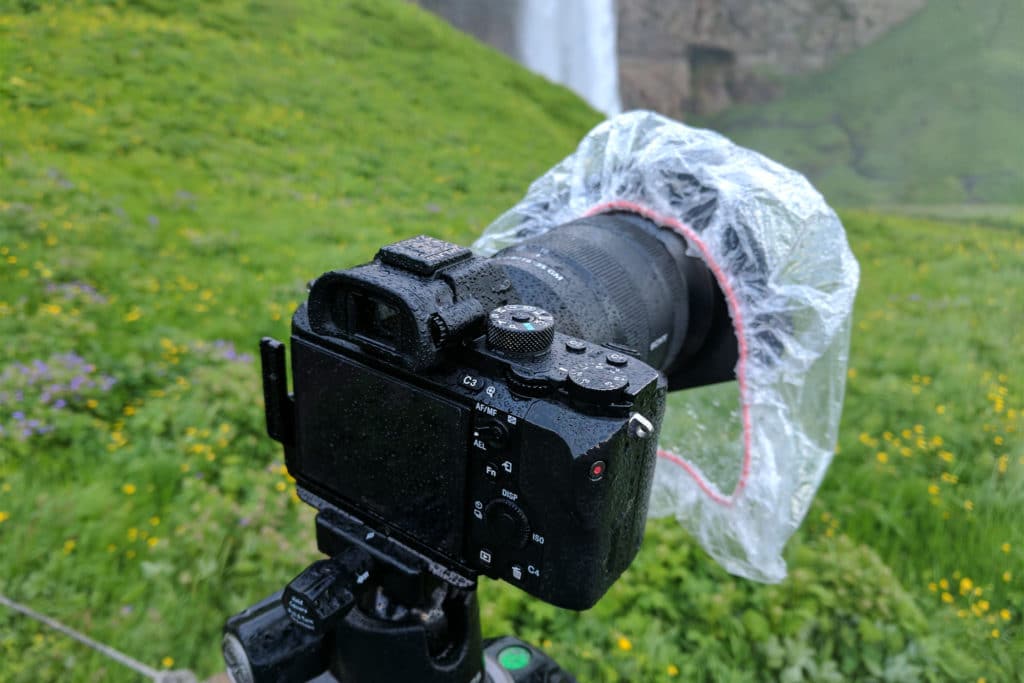
While there is certainly more I want to talk about when it comes to the specs/features of this lens, I will save it for those specific sections of this review…
Image Quality (IQ)
As obvious as it sounds, one of the most important aspects of a lens is simply the quality of image details that it can capture. While I have specific sections in this review that cover lens flare, COMA and corner sharpness, I want to talk a little about the general image quality you can expect to get out of the Sony 16-35 f/2.8 GM.
General Sharpness
This section is pretty self-explanatory. When you focus on an area within a given scene with this lens, how sharp are the results? In reality, this also has a decent amount to do with your Camera’s sensor, but for this review, let’s simply take a look at how sharp this lens truly is.
After shooting thousands of images with this lens, I can testify that it is an incredibly sharp lens. Details look crisp, contrast is great, and there is no denying how impressive the sharpness, especially when used in tandem with the Sony a7R II. While the above images are good indicators, take a look at the full RAW files I provided for you at the end of this review if you want to dive into the details a bit.
Distortion/Vignetting
When it comes to wide angle lenses, a common issue (particularly at the widest mm length) is both distortion & vignetting. Distortion is essentially the enlarging of the size of elements in your image when you photograph at specific mm lengths or certain angles. Vignetting on the other had is the natural darkening of your frame edges as light begins to fall off, both common problems with very wide angle lenses. So how does the 16-35 GM handle these challenges?
As you can see, there is just about zero distortion found in the corners of this image. All of the frame edges look good, and any elongating is extremely minimal. While I do see a touch of vignetting or light dropping off around the edges, it too is minimal, which is a testament to the quality of the design of this lens. Fortunately, both of these should be completely zeroed out by applying a Len Profile to these images, which we will now talk about.
Lens Profiles
If you happen to use post processing programs such as Adobe Lightroom, Photoshop, Capture One or On1 Photo RAW (to name a few), you are probably aware of lens profiles. These profiles are specific to each lens and essentially allow you to automatically make some adjustments to your images to help correct for distortion and light drop off (a common issue with many wide angle lenses). Let’s take a look at what Adobe Lightroom’s lens profile looks like for the Sony 16-25 f/2.8 GM since it is arguably the most popular post processing application in the world currently.
Using Filters
As a landscape photographer, it is hard not to underscore the importance of using filters when it comes to creating dynamic images. While the tools found in the digital darkroom have come along way over the years, there are still some effects that are created by filters that are extremely difficult or downright impossible to replicate during post processing. Two of the most important filters that I recommend every landscape photographer have in their gear bag is a Circular Polarizer and a Neutral Density Filter. While the CPL (Circular Polarizer) can help you cut or enhance reflected light, an ND (Neutral Density) filter helps you slow down your shutter speed by putting a darkened filter in front of your lens. When you combine these filters, the results can certainly be impressive with the right kind of scene!
With the Sony 16-35 f/2.8 GM, you have an 82mm lens opening. This is important to know if you ever plan on buying filters. While some photographers prefer circular filters, I have simply had too many bad experiences where they got stuck on my lens while the amazing light was fading. These days I use a slide filter kit made by Formatt Hitech because of how color neutral they are.
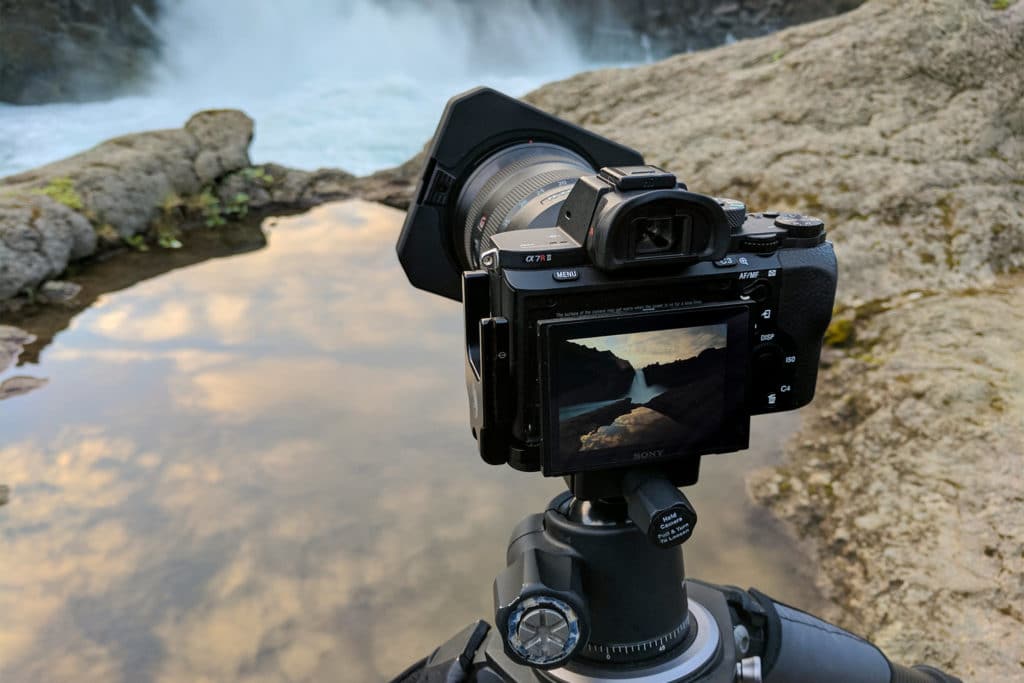
For those just getting into filters or for those looking to switch systems, I have partnered with Format Hitech to create the Colby Brown Signature Edition Landscape Filter Kit. It in you will find a built in CPL (polarizer), a 6-stop Firecrest ND, a 2 stop soft GND (Graduated Neutral Density) and a 2 stop RGND (Reverse Graduated Neutral Density Filter). The kit itself comes with adapters to fit 67mm, 72mm, 77mm and 82mm lenses.
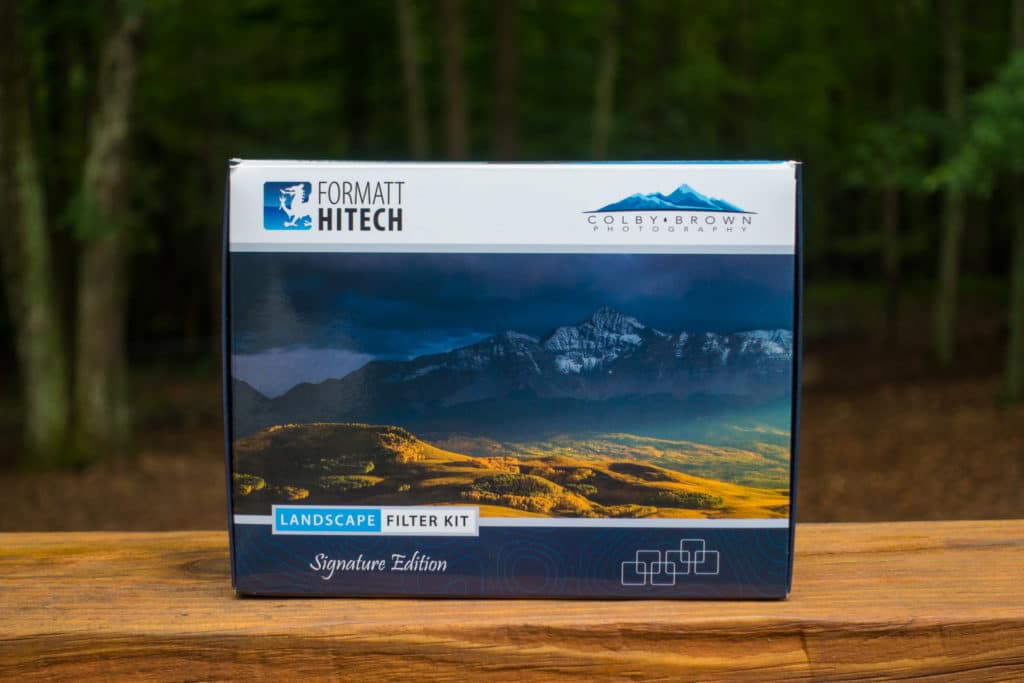
With my setup, it is important to note that at 16mm on the Sony 16-35 f/2.8 GM, I do get a little vignetting from the filter holder itself. This comes down to physics and the space needed for the holder to be able to hold a built in CPL plus two filter guides (allowing you use two slide filters at once). However, once I move to 17mm, vignetting completely disappears.
Corner Sharpness
While the general IQ coming from the Sony 16-35 f/2.8 GM is truly impressive, what about the fringes of your frame? How many times have you heard a photographer talk about “corner to corner” sharpness? The idea is fairly simple. While the focal point of an image will always be the sharpest part of your shot, high-quality lenses minimize the sharpness dropoff that typically appears along the frame edges and corners of your images. So how is the 16-35 GM?
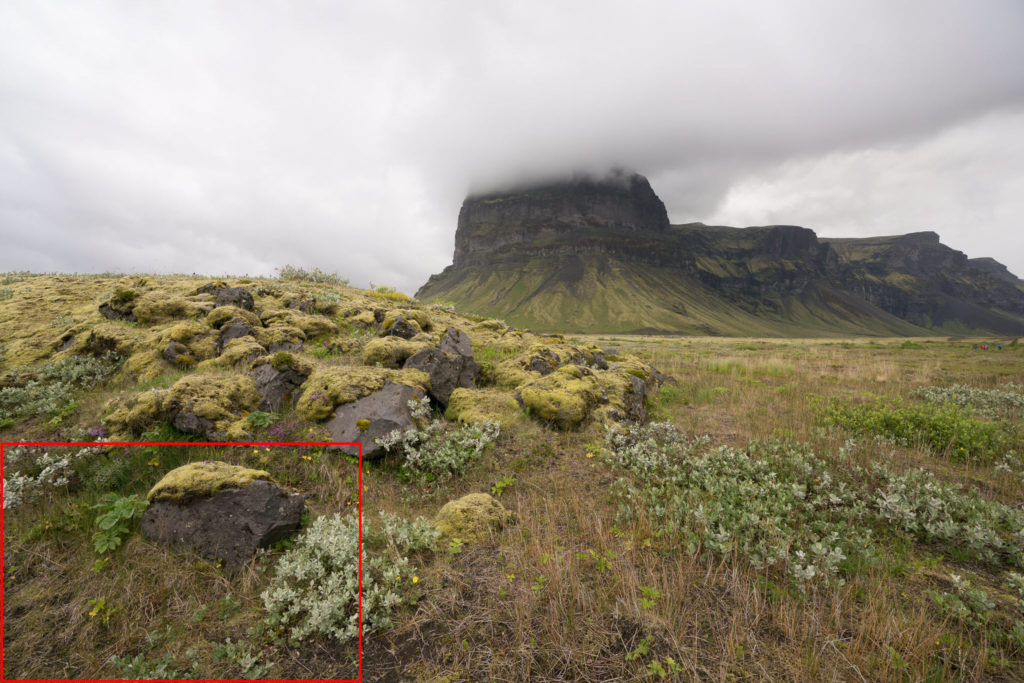
When we look closely the corners of these images, a few things become a bit more obvious. First, at 16mm the Sony 16-35 f/2.8 GM is an incredibly sharp lens…corner to corner. That being said, at every f/stop things aren’t perfectly equal. While f/2.8 looks pretty dang good, the sweet spot for this lens appears to be around f/8 or f/11 as things get noticeably sharper at that point. At f/16 things still look good, but you can see that sharpness starts to drop off and even more so at f/22 which shouldn’t be a surprise.
What about Additional MM lengths?
While I have plenty of images taken at various focal lengths and different exposures, I didn’t manage to get the same type of controlled test as I did at 16mm. That said, I will be completing this part of the review in the next day or two, and I will update this review accordingly. In the mean time, you can take a look at Lens Rentals recent blog post that covers a lot when it comes to testing just how sharp this lens truly is.
Sun Stars/Flare
For many landscape and travel photographers, the practice of capturing sun stars is highly sought after. To do this, you have to stop down you f/stop to f/16, allowing the aperture blades in your lens to get close enough to create the sun star as light moves through your lens and onto your camera’s sensor. The quality of the sun star all comes down to the lens itself. The quality of the glass elements used to create the lens, the kind of coating used on a lens and the kind/number of aperture blades can dictate the shape and look of the star itself.
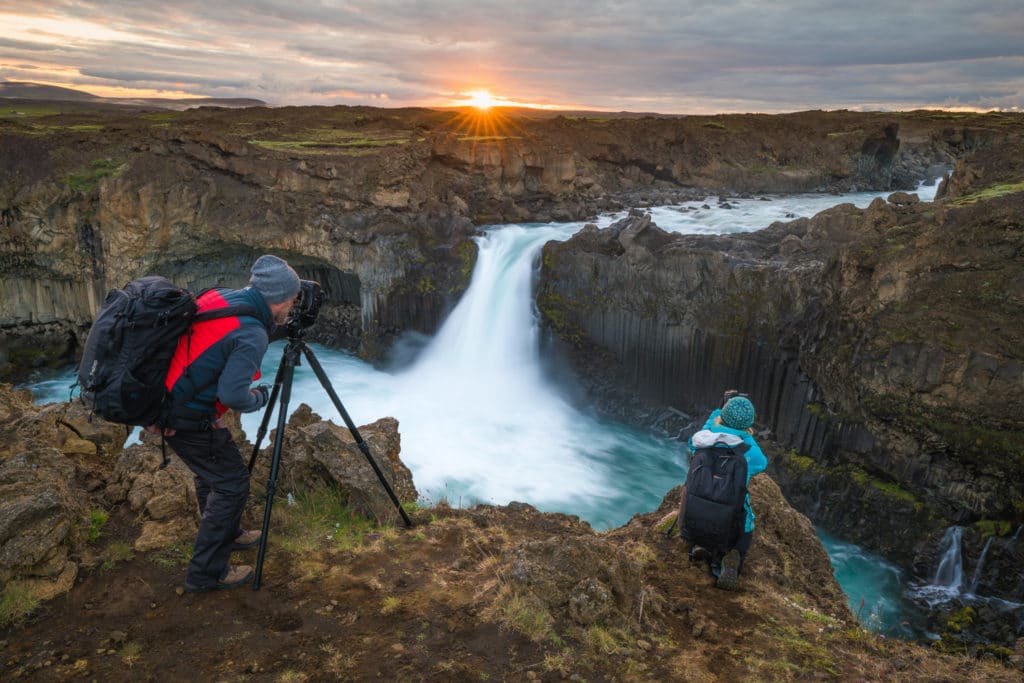
With the Sony 16-35 f/2.8 GM we have an 11-blade circular aperture, which not only helps to create a great sun star but also produce very nice bokeh, which is often more important with portrait photography. Also, Sony’s Nano AR Coating on this lens seems to almost completely cut out any lens flare (unwanted reflected light that can appear when directly facing a light source…such as the sun).
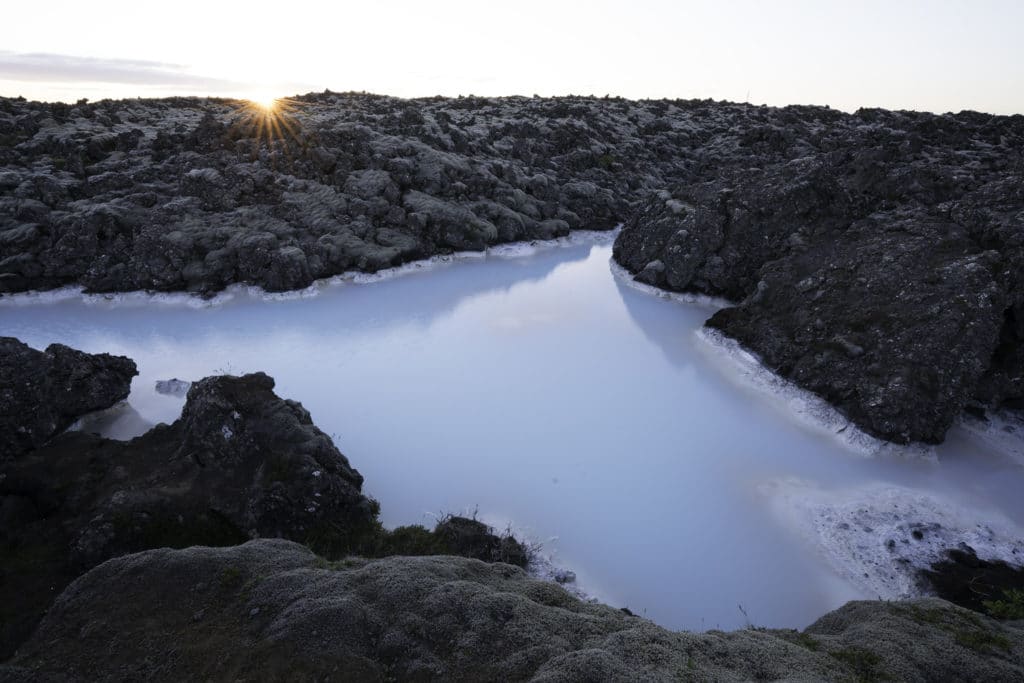
As you can see, the Sony 16-35 f/2.8 GM has an incredible sun star. In fact, it is one of the best sun stars I think I have seen on a 16-35. The crisp nature of the star points mixed with the sheer number of points themselves makes me very happy with these results.
Regarding reflected light, roughly 10% of the time I would catch a small piece of flare appearing between a few of the sun star points. This certainly wasn’t in every image as I shot directly into the light, but it was visible when you zoom in close to 200% every once in a while.
Astro/Night Photography
When it comes to photographing at night, the lens of choice for most photographers is usually a fast ultra wide angle lens. No matter if we are talking about a city skyline, the milky way or the northern lights, a f/2.8 wide angle lens is a pretty solid bet. At f/2.8, your aperture is open a considerable amount greater than at f/4…allowing more light into your camera’s sensor, which allows you to use a lower ISO and in turn, have less noise in your images. In fact, I had more questions about how the Sony 16-35 f/2.8 GM performed at night than anything else when people found out I had early access to this lens.
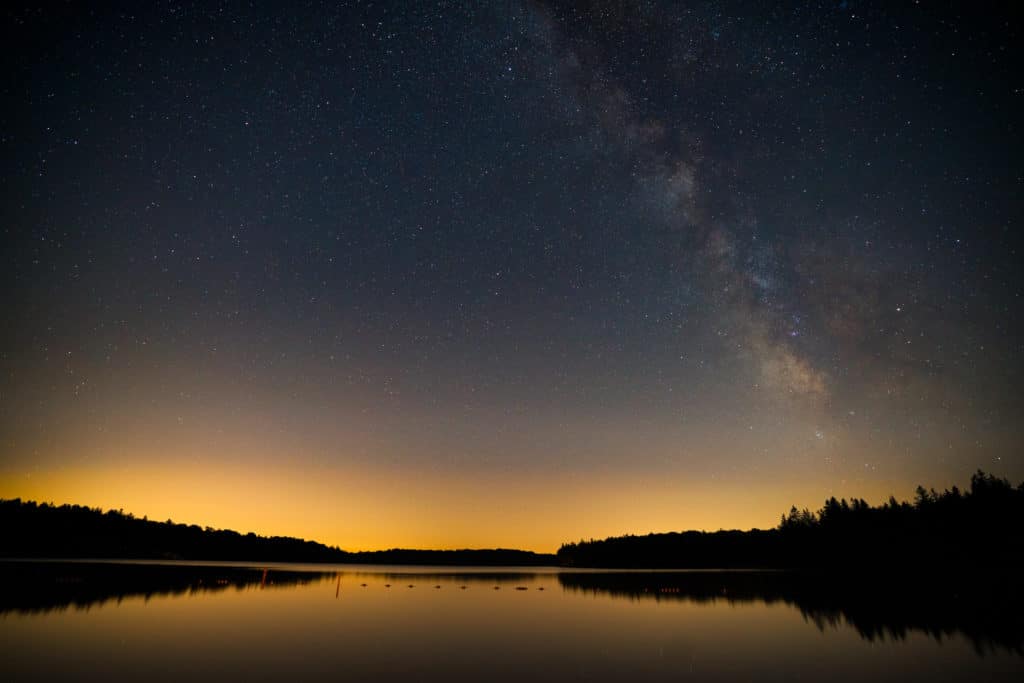
So aside from being an incredibly sharp f/2.8 lens that opens up to 16mm, How good is the 16-35 f/2.8 GM at night? To answer that question, we have to see how well it handles two somewhat important elements…COMA & Astigmatism.
COMA
Easily one of the most talked about issues with lenses for night photography is known as COMA. If you spend any time diving into the dark alleys of online photography message boards, you will see this term pop up a lot. According to the Lonely Spec, “coma occurs when light from a single source entering at the edge of the lens is not projected at the same size as light entering the center of the lens.” This can appear in your images of the night sky in the form of stars looking more like comets, with a light trail emanating from one side of the star. It is, however, important to note that this isn’t endemic to just stars. This can happen with any light source at night, including street lamps, signs or even car headlights.
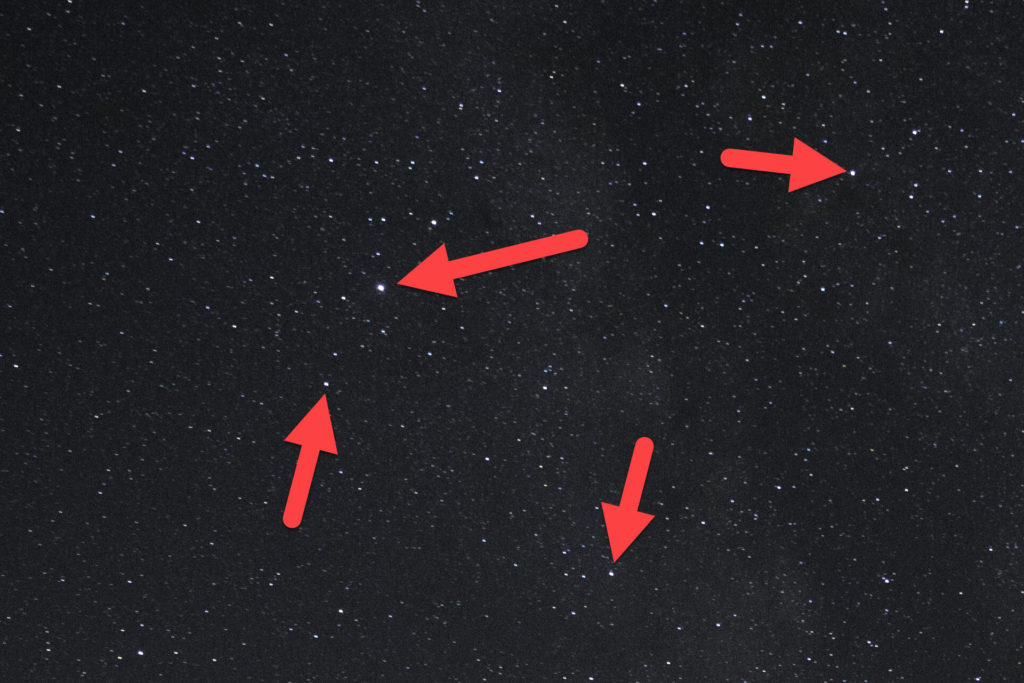
When we take a close look at these night photography images taken with the Sony 16-35 f/2.8 GM it is clear that COMA is being handled very well. It isn’t until we zoom in past 250% that we begin to see a tinge of blue COMA barely start to creep up. All in all, these are excellent results that any photographer should be happy with.
Astigmatism
A lesser known, but still pretty important element that can appear in your images is called Astigmatism. This can cause the stars in your images to elongate or stretch and is commonly found around the extreme frame edges of wide angle lenses.
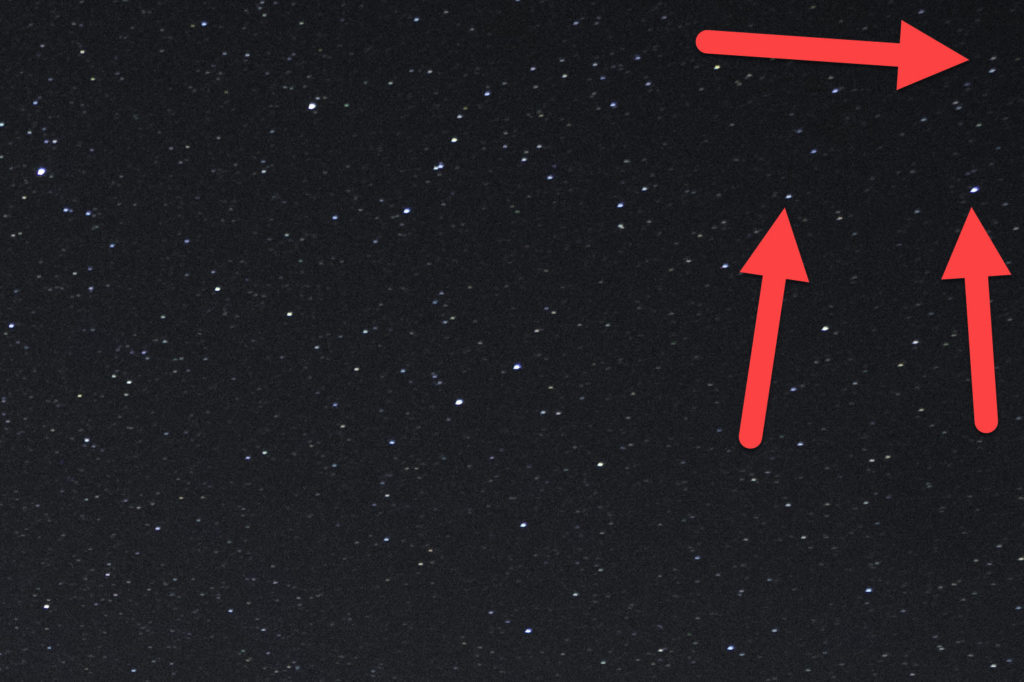
When I checked out the frame edges of these images, I do see a small amount of Astigmatism begin to form…but it is pretty minimal. In the photo above you can see a few of the stars along the edge of the photo start the process of stretching out or elongating, but again it is minimal.[/cs_text]
SOTC Image Gallery
All of the images in this gallery represent Straight Out of The Camera photos. No post processing or stylizing has been added to these images. They were simply imported into Adobe Lightroom as RAW files and exported as JPGs. All images were taken with a Sony a7R II camera.
Finalized Images
All of this images in this gallery have been processed based on the look, feel and style that I prefer as a photographer and artist. I used a mixture of programs such as Adobe Lightroom, Photoshop, On1 Photo RAW and the Nik Collection by Google. This images represent what is possible when using this lens when paired with a Sony a7R II.
RAW Files
This section is for the “pixel peepers” in the crowd. Here you will find 3 RAW images taken with the Sony 16-35 f/2.8 GM lens. Download them, open them in your own processing application of choice and dive into the details to your hearts content!
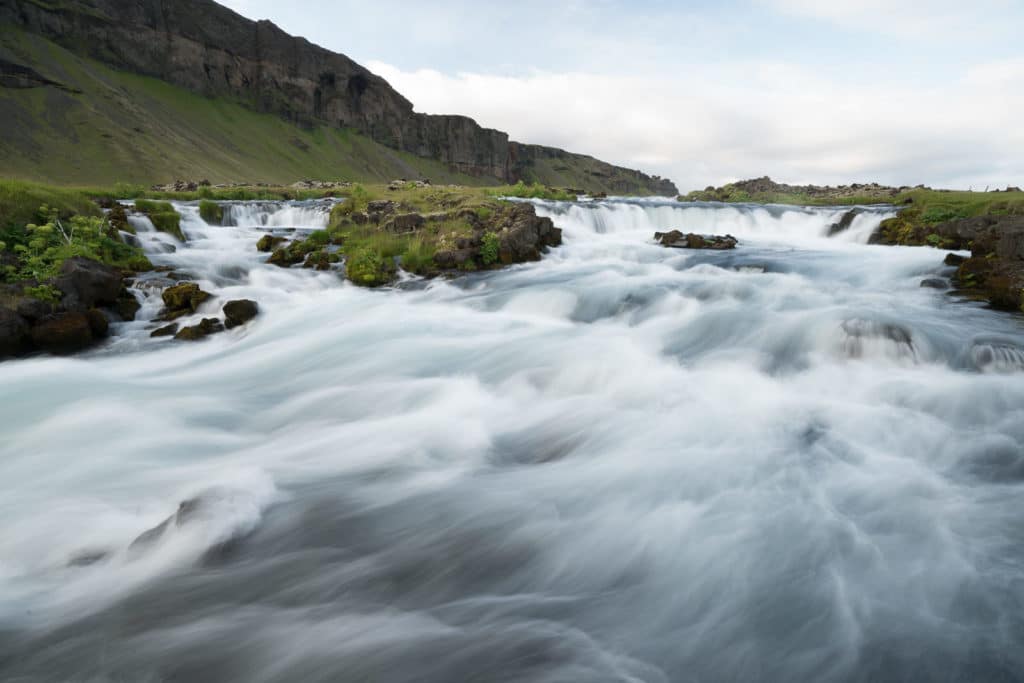
Sony a7R II w/ Sony 16-35 f/2.8 GM
ISO 50 | f/16 | .5 Secs @ 17mm
Download Link
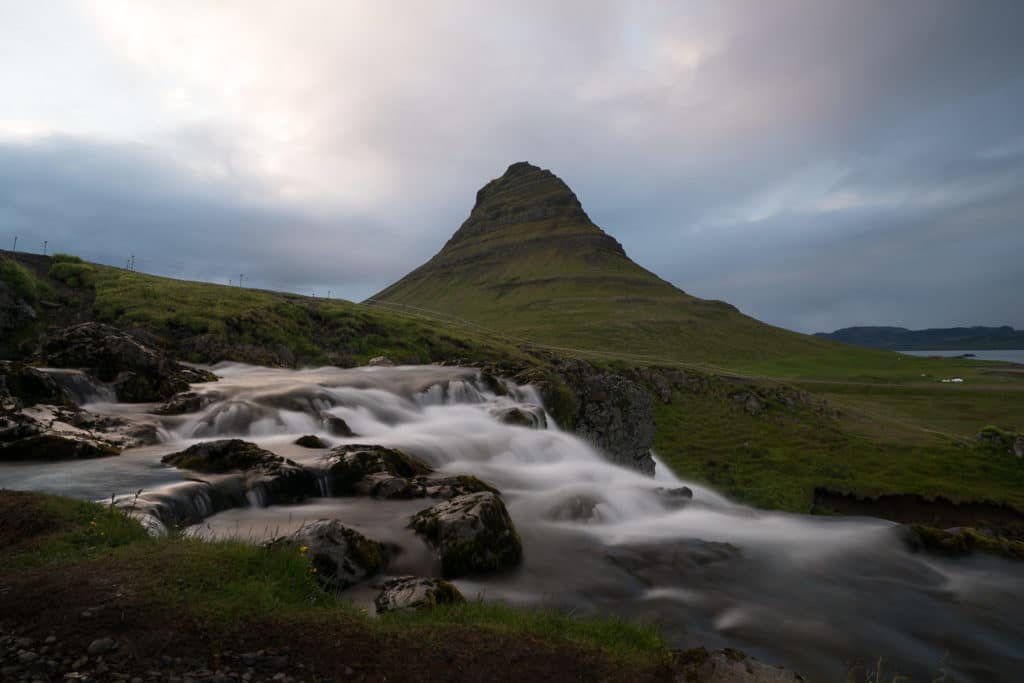
Sony a7R II w/ Sony 16-35 f/2.8 GM
ISO 100 | f/11 | 3.2 Secs @ 22mm
Download Link
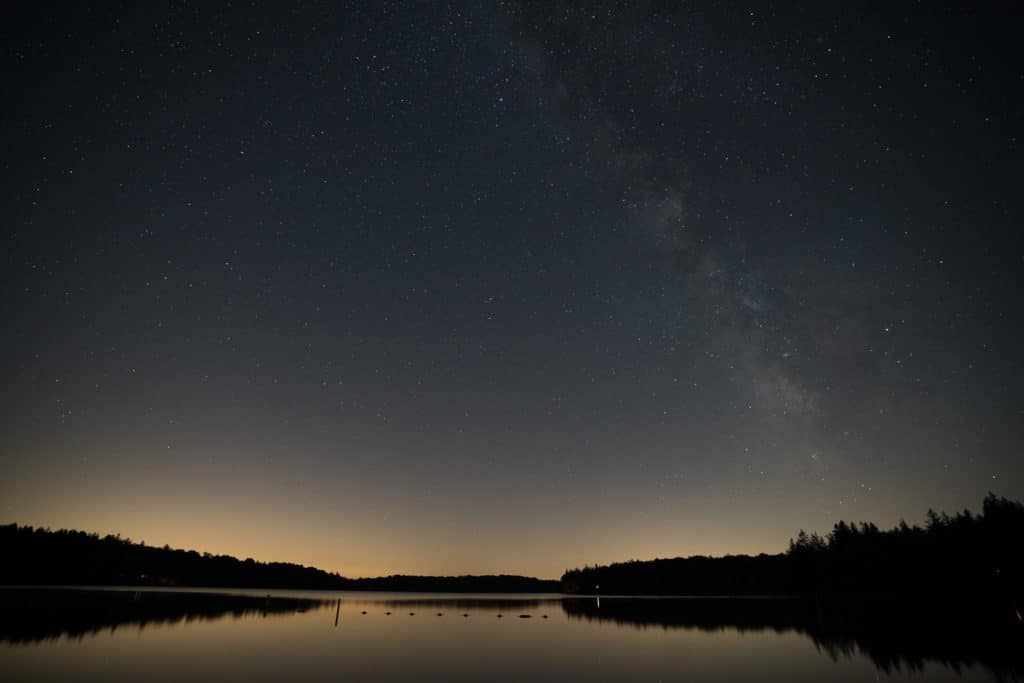
Sony a7r II w/ Sony 16-35 f/2.8 GM
ISO 2500 | f/2.8 | 15 Secs @ 16mm
Download Link
Pros/Cons
Pros
– Excellent Image Quality
– Impressive Corner to Corner Sharpness at 16mm – 24mm
– One of the best Sunstars in the market
– Very little COMA or Astigmatism for night photography
– Nearly non-existant distortion
– Can use filters (Screw on & Slide)
– Pretty portable for an f/2.8 wide angle lens
Cons
– Price ($2198 USD)
– 35mm is the weakest part of this lens
Final Thoughts
As Sony has continued to release excellent lenses, the holes in their lens lineup continue to shrink. With the 16-35 f/2.8 GM, Sony has now firmly established their “Holy Trinity” of zoom lenses in both f/2.8 & f/4 for the 16-35, 24-70 and 70-200. This can make it easier for many Canon & Nikon users that are looking to switch as Sony’s GM line of lenses continues to represent some of the best lenses in the market.
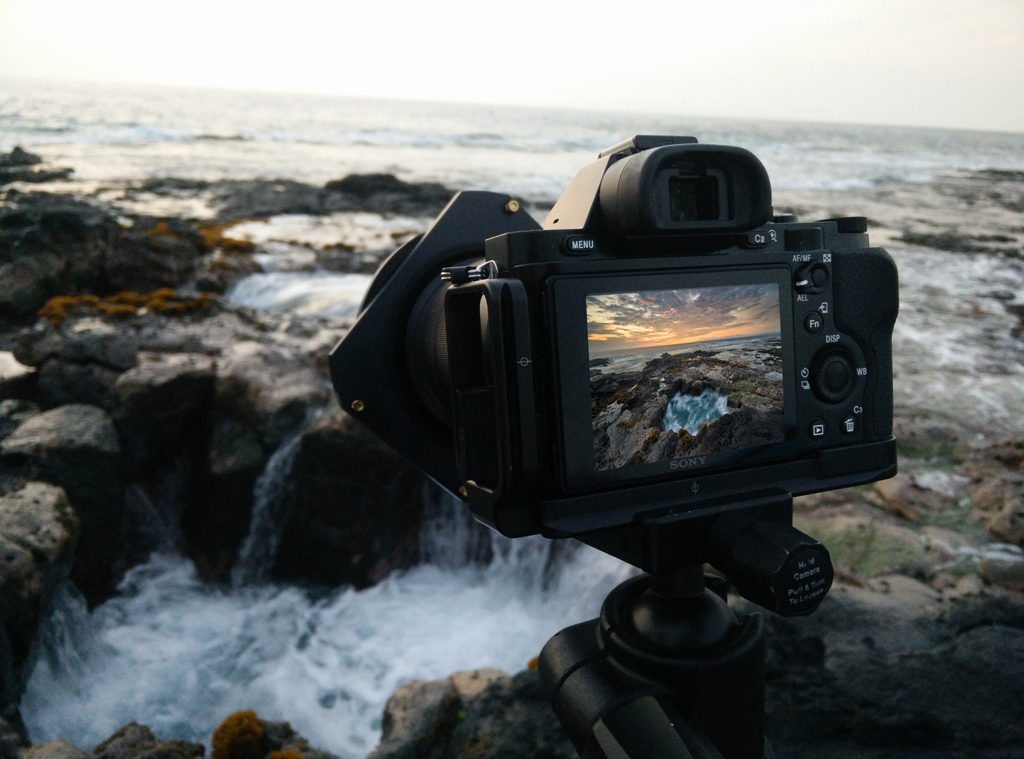
After using the Sony 16-35 f/2.8 GM this summer in Iceland and finally getting my own copy just before I published this review, I think it is safe to say that Sony knocked it out of the park with this lens. In a relatively small light body, they managed to pack in a ton of optical quality into this lens. Not only it is incredibly sharp corner to corner, but the images that come out of this lens are simply gorgeous. Between the bokeh, contrast and texture detail…there is a lot to love.
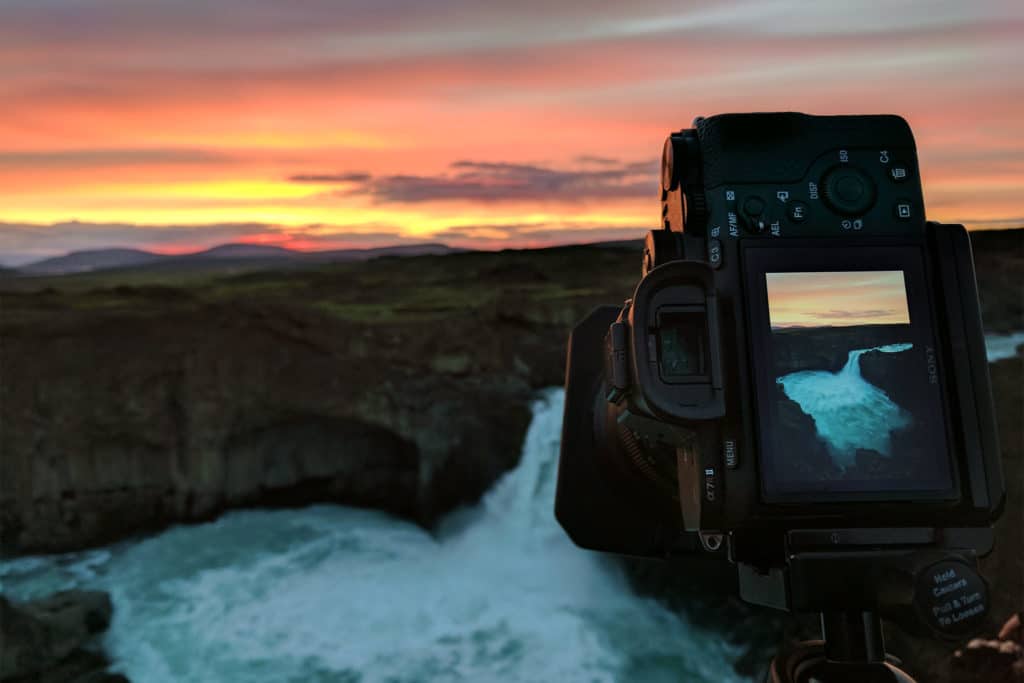
So is it worth upgrading if you already have the Sony 16-35 f/4 FE? I think that ultimately comes down to what you like to photograph and what kind of budget you might have. While the 16-35 GM is superior regarding sharpness, resolving power, IQ and sun stars, the 16-35 f/4 FE is still a heck of a lens that can produce pretty impressive results. If you have the money and you want the best possible 16-35 for your Sony mirrorless camera…it is a no-brainer. Additionally, if you enjoy shooting the night sky, the 1 stop difference between f/2.8 and f/4 can be an important one. For me, it was an easy choice.
* For those interested, I will be releasing a 3-way comparison shootout between the Sony 16-35 f/4 FE, 16-35 f/2.8 GM and 12-24 f/4 G in the next week.
Full Disclosure
As with all my reviews of Sony’s products or services, it is important to know that I am a Sony Artisan of Imagry. Much like Canon’s Explore’s of Light or Nikon’s Ambassadors, the Artisan program allows me close access to Sony and it’s engineers to help mold future products and services. Having said that, Sony did not ask or pay me to write this review, nor did they give me this lens (I returned the loaner). My thoughts are my own and I hope I have provided enough evidence within this review to back up the opinions I shared.
If you have any questions about this lens, please feel free to leave them in the comments below!
